Shopify: The Ultimate Guide to eCommerce Success
Shopify Introduction:
In today’s digital age, having an online store is essential for businesses of all sizes. Whether you’re an entrepreneur starting a new venture or an established brand looking to expand online, choosing the right eCommerce platform is crucial. This is where Shopify comes in.
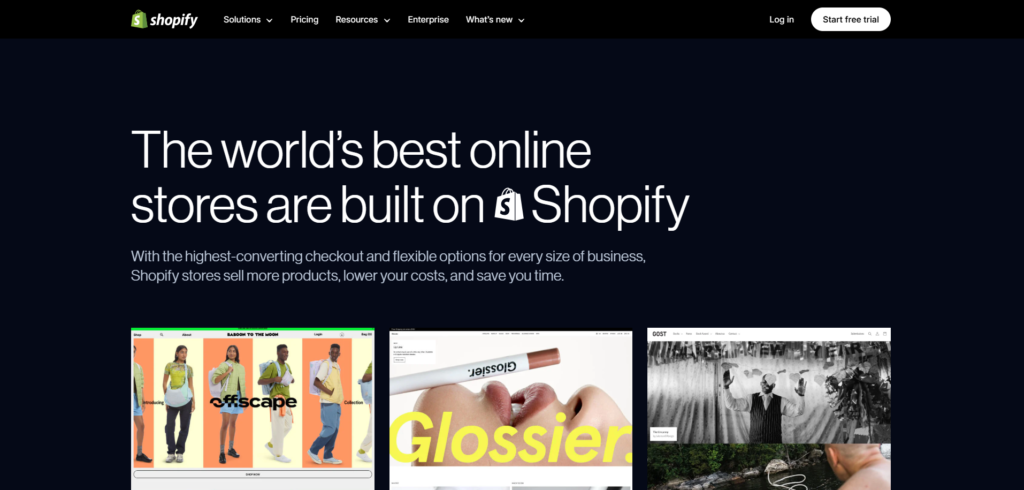
Shopify is one of the most popular eCommerce platforms in the world, known for its ease of use, flexibility, and powerful features. With millions of businesses using Shopify, it has become the go-to solution for setting up and managing an online store.
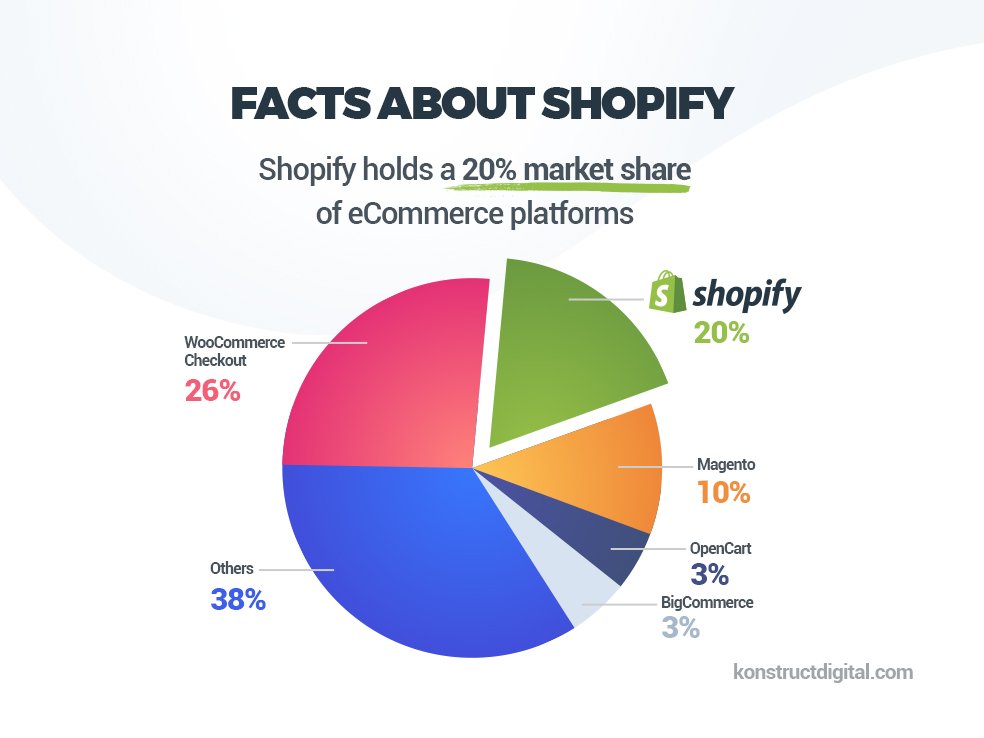
With Shopify, you don’t need to be a tech expert or have coding skills to launch a professional-looking store. The platform offers everything you need—from customizable templates to secure payment processing and marketing tools—all in one place.

In this guide, we’ll take an in-depth look at Shopify, its features, pricing, and how it compares to competitors. Whether you’re new to eCommerce or looking for a better solution, this article will help you decide if Shopify is the right choice for your business.
What is Shopify?
Shopify is a comprehensive commerce platform that enables individuals and businesses to create, manage, and grow their own online stores. Founded in 2006, Shopify has become a leading solution for entrepreneurs and established brands looking to sell products and services online and in person
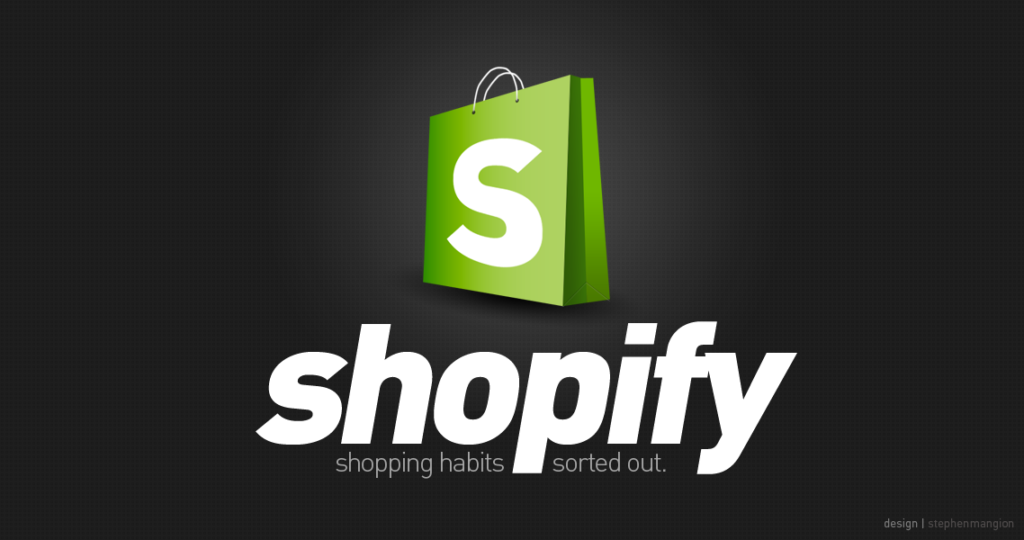
With Shopify, users can easily set up a professional online storefront without the need for extensive technical skills. The platform offers customizable templates, secure payment processing, and a suite of tools to help businesses manage inventory, track orders, and engage with customers. Additionally, Shopify supports in-person sales through its integrated point-of-sale (POS) system, allowing for seamless retail operations.
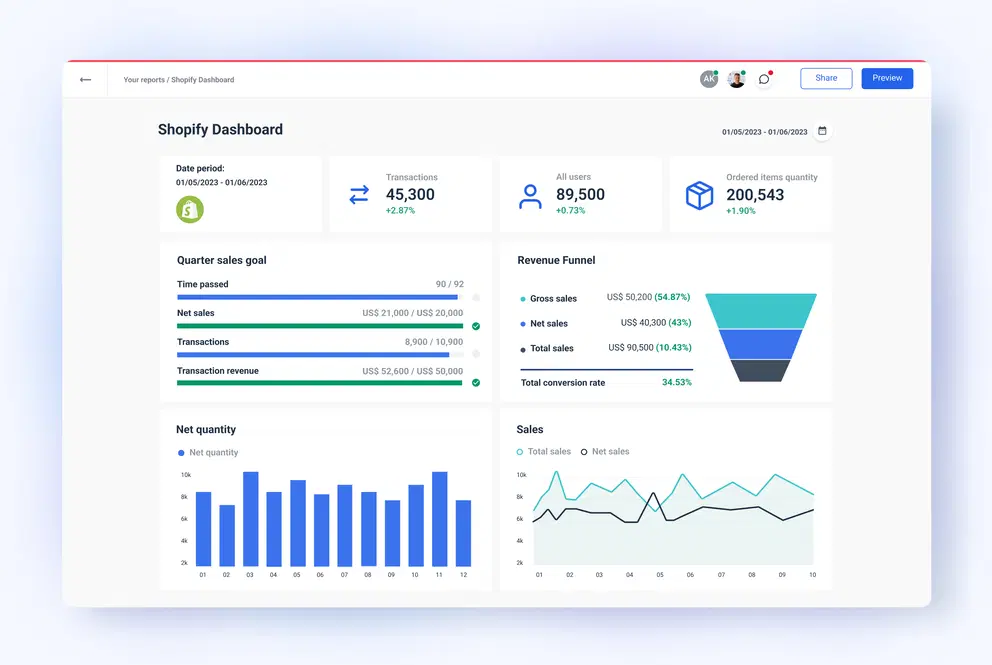
As of 2024, Shopify powers over 5.6 million active stores across more than 175 countries, facilitating billions in annual sales. Its scalability makes it suitable for businesses of all sizes, from small startups to large enterprises.

Key Features of Shopify
Shopify offers a robust suite of features designed to help businesses establish and grow their online presence. Here are some of the key features that make Shopify a leading eCommerce platform:
1. Customizable Online Store
Shopify provides a variety of free and paid themes from the Shopify Theme Store, allowing businesses to build and design their online stores to reflect their brand identity. These themes are mobile-responsive and can be customized without any coding knowledge.

2. Integrated Payment Processing
With Shopify Payments, businesses can accept credit card payments directly without the need for third-party payment gateways. This seamless integration simplifies the checkout process and reduces transaction fees.
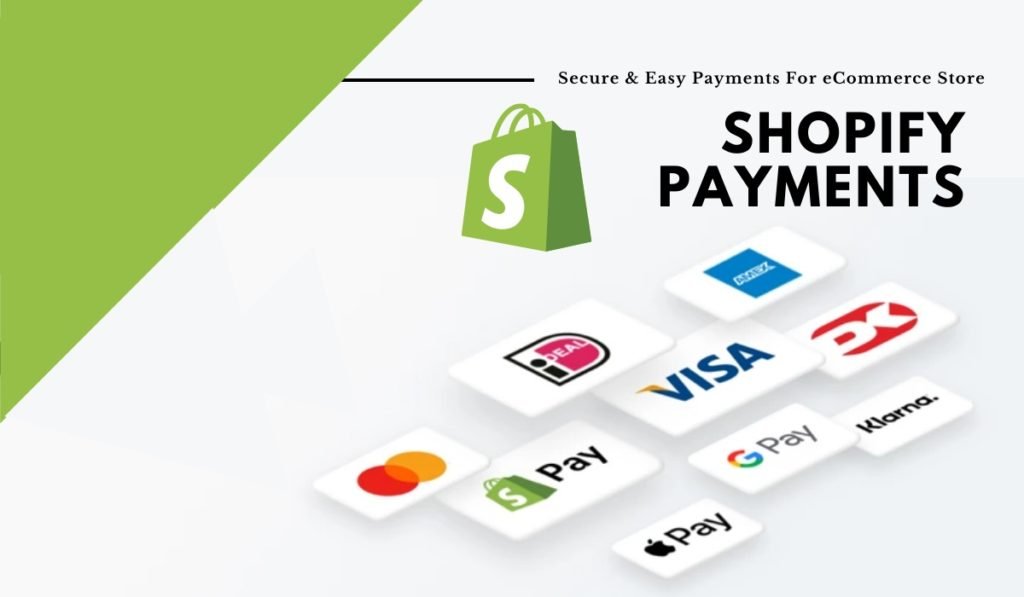
3. App Store and Third-Party Integrations
The Shopify App Store offers a vast selection of free and paid apps to expand the functionality of your store. From marketing tools to inventory management, these integrations allow businesses to tailor their operations to specific needs.
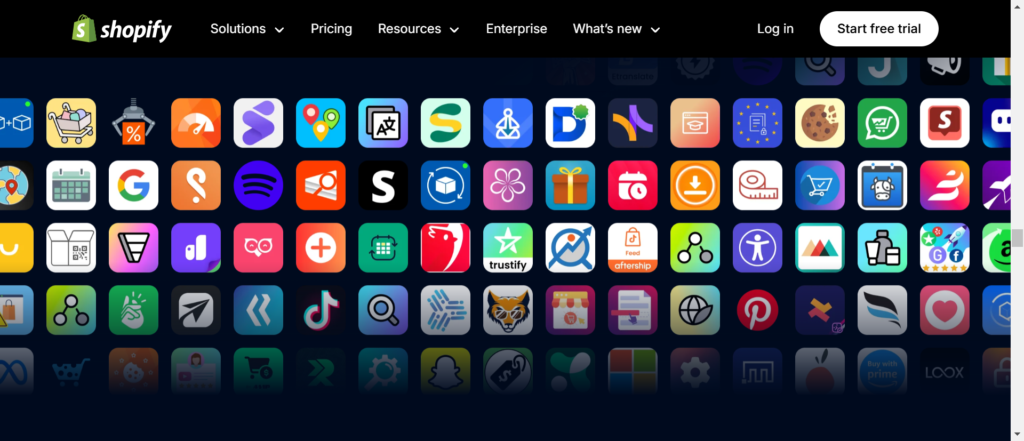
4. SEO and Marketing Tools
Shopify includes built-in SEO features to help your store rank higher in search engine results. Additionally, it offers marketing tools such as discount codes, gift cards, and email marketing integrations to attract and retain customers.

5. Mobile Responsiveness
All Shopify themes are optimized for mobile devices, ensuring that your store looks and functions well on smartphones and tablets. This mobile compatibility enhances user experience and can lead to higher conversion rates.

6. Secure and Reliable Hosting
Shopify provides secure and reliable hosting for your online store, handling all server maintenance and updates. This ensures that your store is always available and performs well, even during high-traffic periods.
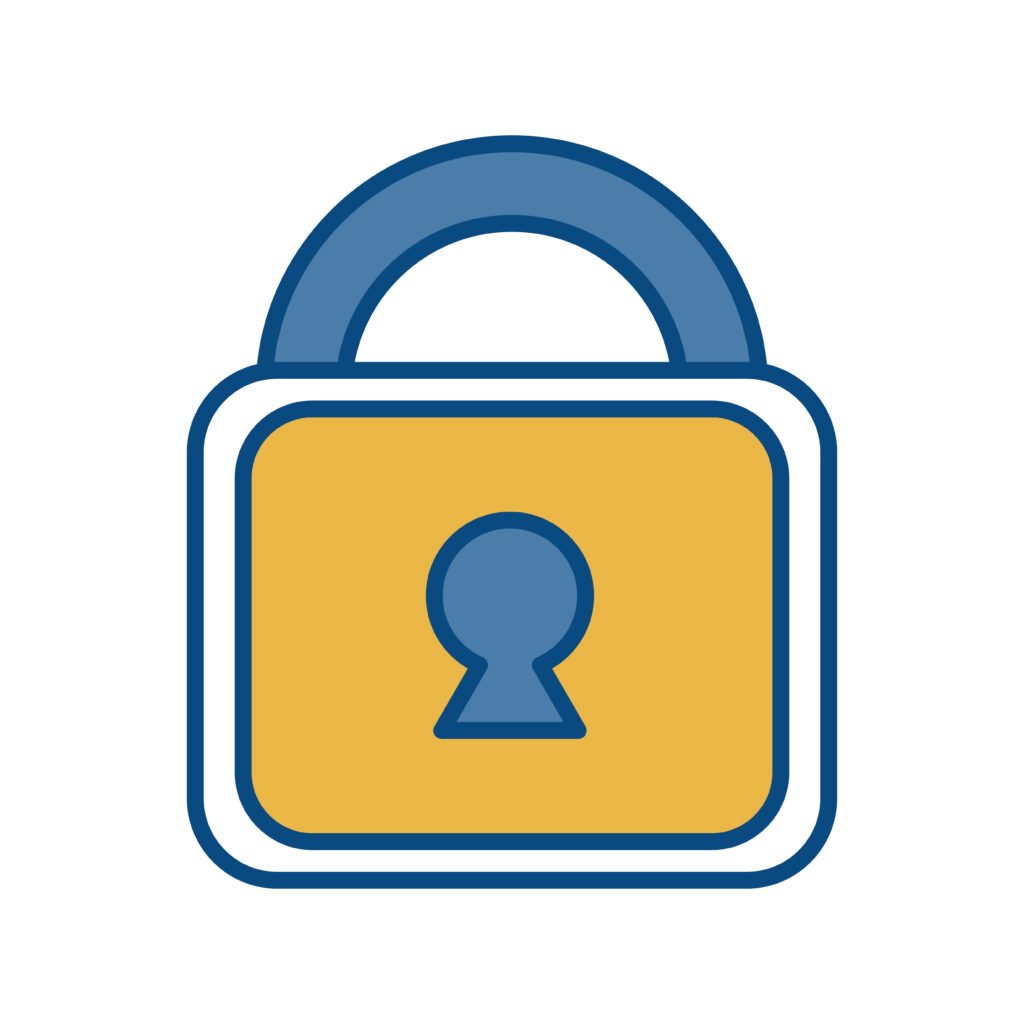
7. Comprehensive Analytics
With Shopify’s analytics and reporting tools, businesses can track sales, customer behavior, and marketing campaigns. These insights help in making informed decisions to drive growth.
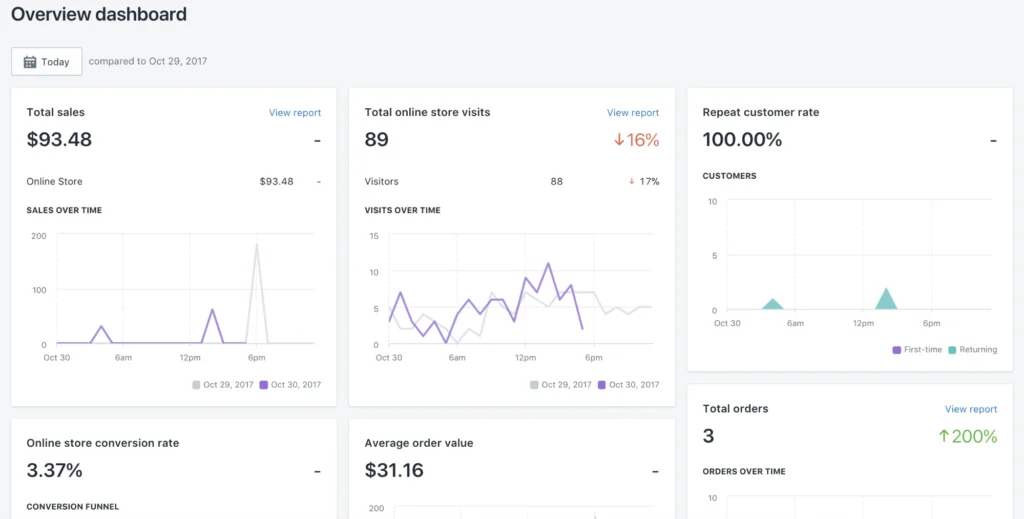
Shopify Pricing and Plans
When choosing Shopify as your eCommerce platform, understanding the available pricing tiers is essential to selecting the right plan for your business needs. Shopify offers four distinct pricing plans, each designed to meet the requirements of different businesses. Here’s a breakdown of each plan, what it includes, and the pros and cons of each option.
1. Basic Shopify
The Basic Shopify plan is ideal for entrepreneurs and small businesses just starting out. It offers all the fundamental tools to launch and manage an online store.
- Price: $39/month
- What It Includes:
- 2 staff accounts
- Basic reporting tools
- Shopify Payments and a 2% transaction fee
- Unlimited products and file storage
- 24/7 customer support
- Online store and mobile-optimized checkout
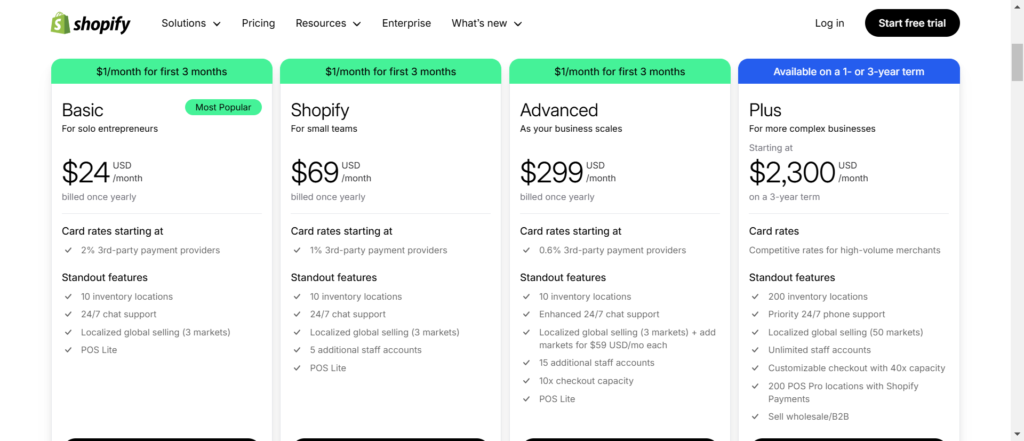
Pros:
- Affordable entry point for new businesses.
- Includes essential eCommerce features for small-scale stores.
- 24/7 customer support ensures you’re never alone when you need help.
Cons:
- Limited reporting features (only basic reports available).
- Higher transaction fees compared to more expensive plans.
- Lacks some advanced features needed for scaling (e.g., advanced reporting and more staff accounts).
2. Shopify
The Shopify plan is the most popular choice for growing businesses. It offers everything in the Basic plan, plus additional features for expanding stores.
- Price: $105/month
- What It Includes:
- 5 staff accounts
- Professional reporting tools
- Lower transaction fees (1%)
- Gift cards and professional reports
- Abandoned cart recovery
- Discount codes and advanced shipping options
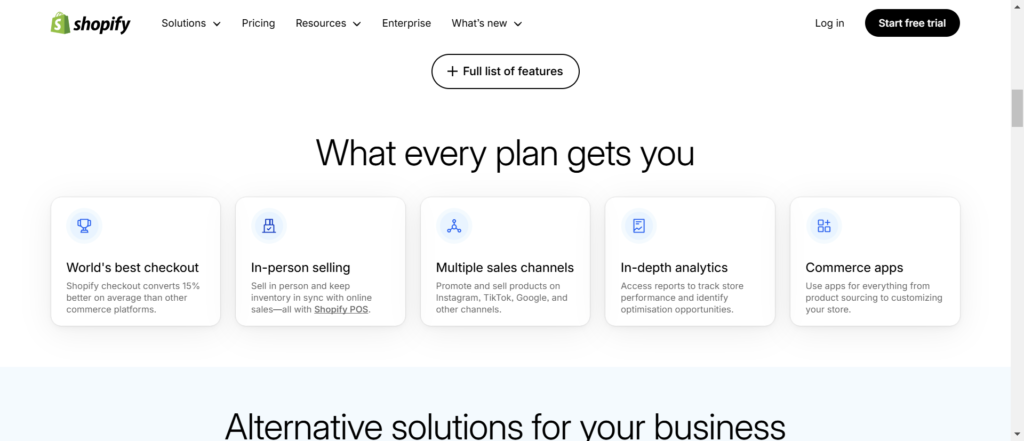
Pros:
- More staff accounts, making it suitable for teams.
- Lower transaction fees compared to the Basic plan.
- Enhanced reporting and marketing tools like abandoned cart recovery and discount codes.
Cons:
- Still lacks advanced customization and enterprise-level features.
- Higher monthly cost than the Basic plan.
- Limited to 5 staff accounts (may not be enough for larger teams).
3. Advanced Shopify
The Advanced Shopify plan is tailored for businesses that need more advanced features to support higher sales volumes or larger teams.
- Price: $399/month
- What It Includes:
- 15 staff accounts
- Advanced reporting tools and third-party calculated shipping rates
- Lower transaction fees (0.5%)
- Advanced customer segmentation
- Priority customer support
- Customizable shipping rates
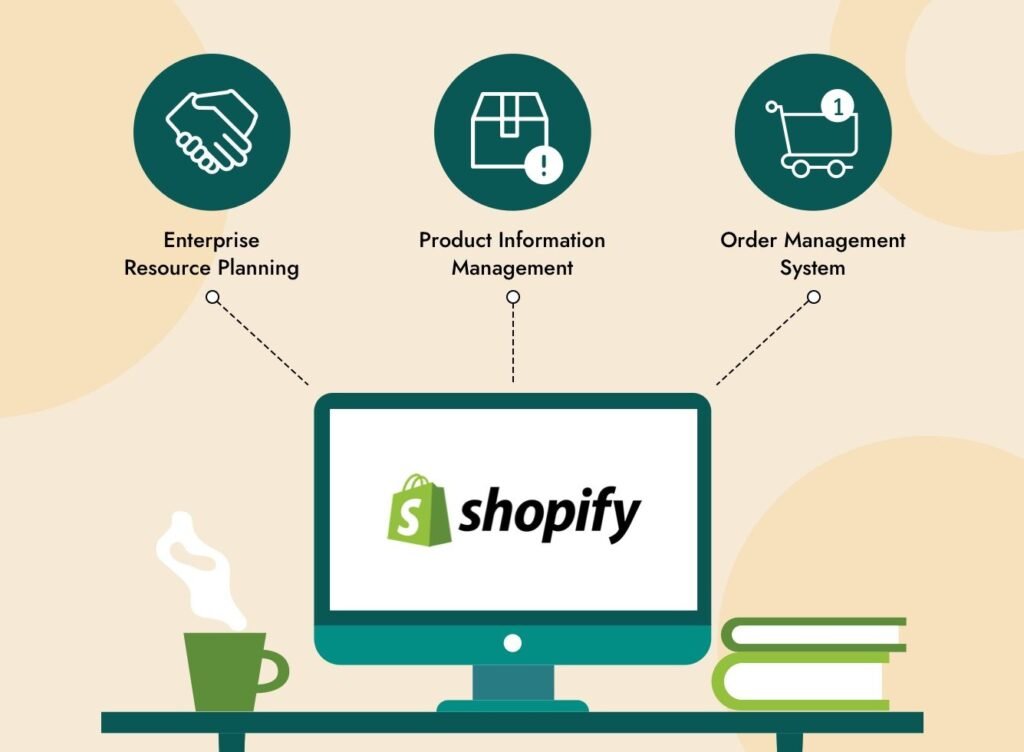
Pros:
- Offers powerful tools for data analysis and advanced reporting.
- Lower transaction fees (0.5%) help save on processing costs.
- Suitable for growing teams with up to 15 staff accounts.
Cons:
- High monthly cost may not be justified for smaller businesses.
- Still lacks full enterprise-level features like a custom checkout.
- Not all businesses will need advanced reporting and third-party shipping.
4. Shopify Plus
Shopify Plus is the most premium plan, providing a highly customizable and scalable solution for large businesses with complex eCommerce needs.
- Price: Custom pricing (typically starts at $2,000/month)
- What It Includes:
- Unlimited staff accounts
- Dedicated account manager and priority support
- Custom checkout experience
- Enhanced automation tools
- Advanced APIs and integrations
- More control over store customization
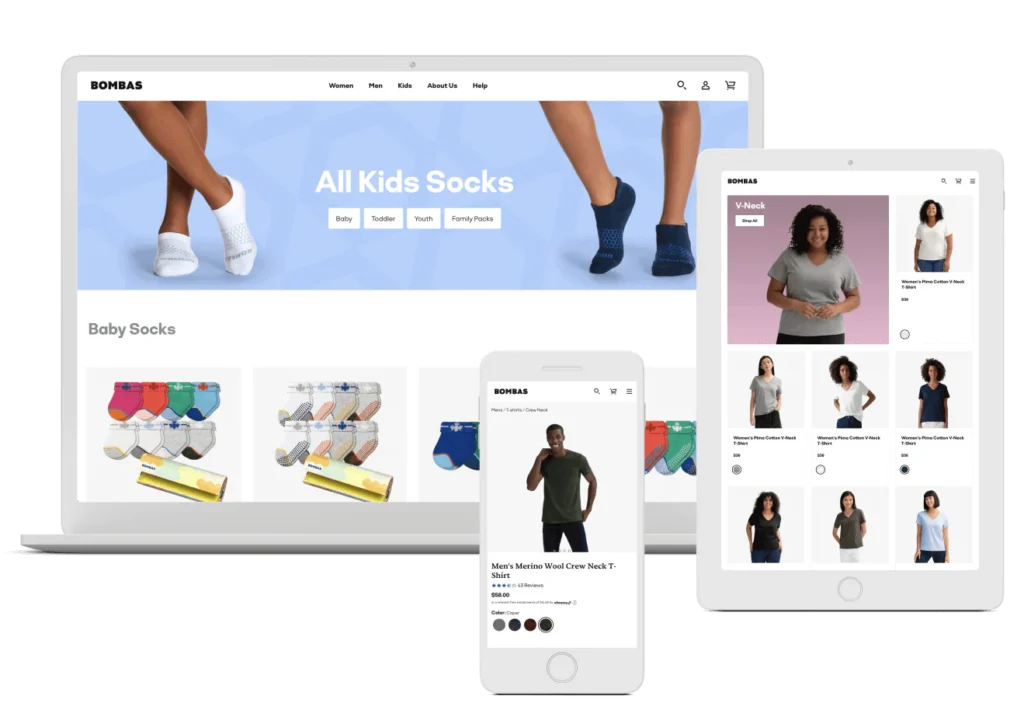
Pros:
- Unlimited staff accounts, making it ideal for large teams.
- High level of customization, including custom checkouts and workflows.
- Dedicated account manager for tailored support.
- Highly scalable for high-volume businesses.
Cons:
- Expensive compared to other plans, with custom pricing that may not fit all budgets.
- Best suited for large businesses, not small startups or mid-sized companies.
- Overkill for businesses that don’t require advanced customization or a dedicated account manager.
Shopify vs Competitors: How Does It Compare?
When it comes to choosing an eCommerce platform, Shopify is one of the most popular options on the market. However, it’s not the only player. Several other platforms, like WooCommerce, BigCommerce, and Wix, also offer robust eCommerce solutions. In this section, we’ll compare Shopify to its main competitors, helping you make an informed decision about which platform is the best fit for your business.
1. Shopify vs WooCommerce
WooCommerce is an open-source WordPress plugin that allows you to turn your WordPress site into an online store. It’s one of the most widely used eCommerce platforms, particularly for businesses already using WordPress.
- Ease of Use: Shopify is a fully hosted platform, which means it handles all the technical aspects for you, making it easier to use, even for beginners. WooCommerce, on the other hand, requires more technical expertise, as it runs on WordPress and needs hosting, setup, and maintenance.
- Customization: WooCommerce offers more flexibility when it comes to customization since it’s open-source, but this can also require more development work. Shopify has a wide range of apps and themes but is more limited when it comes to backend customizations.
- Pricing: Shopify charges a monthly fee starting at $39/month, while WooCommerce is free to install, but you’ll need to pay for hosting, domain, themes, and plugins. As a result, WooCommerce can be cheaper initially, but Shopify offers all-inclusive pricing, making it simpler to budget.
1. Features
| Feature | Shopify | WooCommerce |
|---|---|---|
| E-commerce Functionality | Comprehensive built-in tools for product management, inventory tracking, and order processing. | Basic e-commerce features; relies on plugins for extended functionality. |
| Website Builder | Drag-and-drop editor with pre-made themes for easy setup. | Requires WordPress setup; themes available but may need customization. |
| Payment Processing | Integrated payment gateway with additional fees for external gateways. | No transaction fees; integrates with various payment gateways. |
| Marketing Tools | Built-in tools like Shopify Email and integrations with various apps. | Relies on plugins for marketing features; some are free, others paid. |
2. Ease of Use
| Aspect | Shopify | WooCommerce |
|---|---|---|
| Setup | Quick setup with hosting included; minimal technical knowledge required. | Requires WordPress installation and hosting setup; more technical. |
| User Interface | Intuitive dashboard; user-friendly for beginners. | Familiar to WordPress users; may require learning curve for newcomers. |
| Support | 24/7 customer support via chat, email, and phone. | Community forums; paid support options available. |
3. Pricing
| Aspect | Shopify | WooCommerce |
|---|---|---|
| Base Cost | Subscription plans starting at $29/month. | Free plugin; costs for hosting, domain, and additional plugins. |
| Transaction Fees | 2.9% + 30¢ per transaction; additional fees for external gateways. | No transaction fees; payment gateway fees apply. |
| Additional Costs | Apps and themes may have additional costs. | Costs for premium themes and plugins. |
4. Customization
| Aspect | Shopify | WooCommerce |
|---|---|---|
| Themes | Limited to Shopify’s theme store; some customization possible. | Wide range of themes; extensive customization options. |
| Plugins/Apps | Extensive app marketplace for added functionality. | Thousands of plugins available; may require technical knowledge to implement. |
| Code Access | Limited access; primarily through apps. | Full access to code; ideal for developers. |
Conclusion
- Shopify is ideal for those seeking an all-in-one, user-friendly solution with built-in features and dedicated support. It’s suitable for users who prefer a hassle-free setup and are willing to pay a premium for convenience.
- WooCommerce is best for users with technical expertise or those already familiar with WordPress. It offers greater flexibility and control over customization but may require more time and effort to set up and maintain.
Consider your specific needs, technical skills, and budget when choosing between Shopify and WooCommerce.
2. Shopify vs BigCommerce
BigCommerce is another popular hosted eCommerce platform aimed at businesses of all sizes. It shares many similarities with Shopify but offers a few key differences.
- Ease of Use: Like Shopify, BigCommerce is a hosted solution, which means you don’t need to worry about hosting or technical aspects. However, many users find Shopify easier to use, with a more intuitive interface and a larger selection of apps.
- Features: BigCommerce is known for having more built-in features at the start, such as advanced SEO tools, multi-channel selling, and better support for large product catalogs. Shopify, while also feature-rich, relies more on third-party apps for some functionality, which can lead to additional costs.
- Pricing: BigCommerce’s pricing starts at $39.95/month, making it slightly more expensive than Shopify’s Basic plan. However, BigCommerce offers more built-in features for this price, which could be beneficial for businesses that need those tools.

3. Shopify vs Wix
Wix is a website builder that also offers eCommerce functionality. It’s aimed more at small businesses and individual entrepreneurs who want a simple website with integrated eCommerce features.
- Ease of Use: Wix is known for its drag-and-drop website builder, which is great for beginners. It offers an extremely user-friendly experience for setting up both websites and online stores. Shopify is also user-friendly but focuses more on eCommerce-specific features, so it may require more learning to use effectively.
- Features: While Wix provides essential eCommerce tools, it’s not as feature-rich as Shopify. Shopify excels in inventory management, payment processing, and advanced eCommerce functionalities, making it better suited for businesses looking to scale.
- Pricing: Wix has a more affordable starting price at $23/month for the Business Basic plan, but it lacks some of the advanced features that Shopify offers. Shopify’s plans start at $39/month but provide more robust eCommerce tools, making it a better investment for growing businesses.
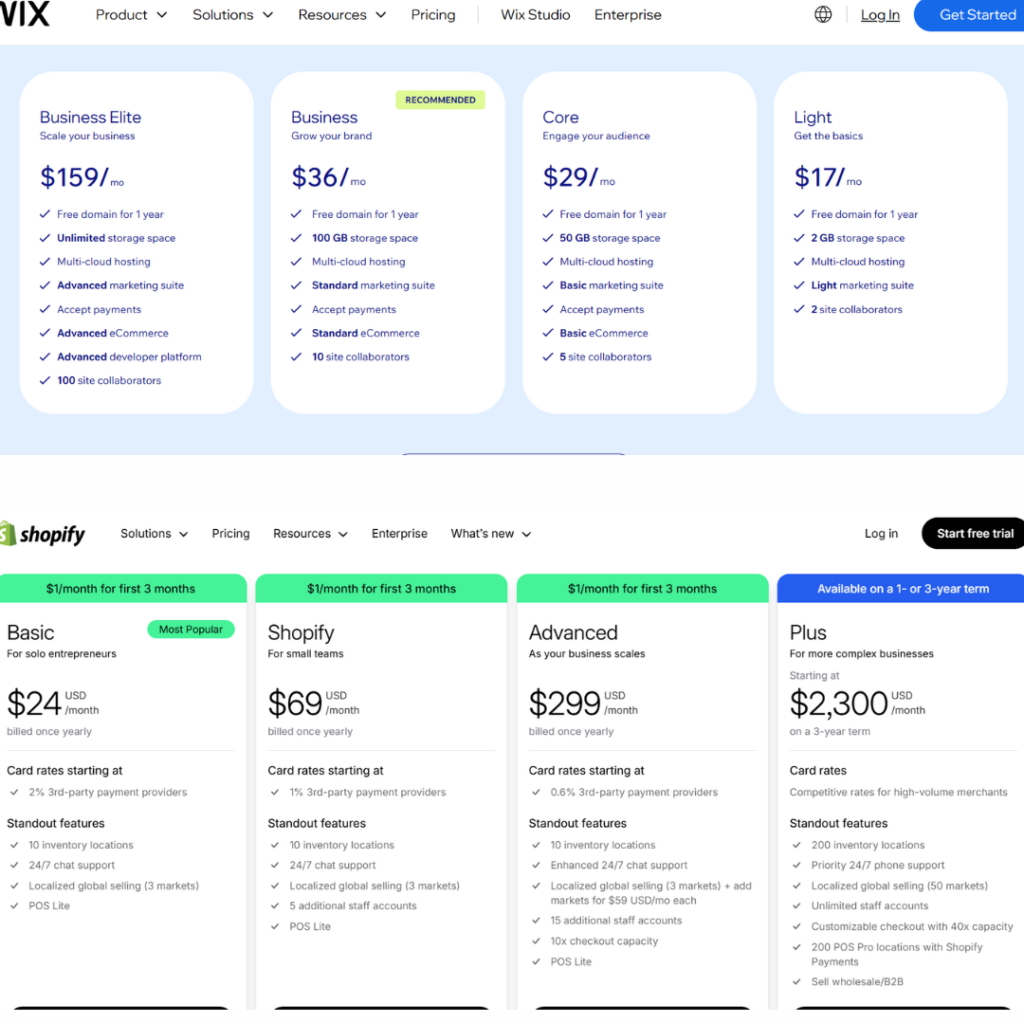
iturn0image1turn0image2turn0image3turn0image5When comparing Shopify and Wix for building an online store, it’s essential to consider factors such as features, pricing, and scalability. Here’s a detailed comparison to help you make an informed decision:
1. Features
| Feature | Shopify | Wix |
|---|---|---|
| E-commerce Functionality | Comprehensive tools for product management, inventory tracking, and order processing. | Basic e-commerce features; extended functionalities require plugins. |
| Website Builder | User-friendly drag-and-drop editor with a wide range of themes. | Flexible design options with a variety of customizable templates. |
| Payment Processing | Integrated payment gateway with additional fees for external gateways. | No transaction fees; supports multiple payment gateways. |
| Marketing Tools | Built-in tools like Shopify Email and integrations with various apps. | Advanced marketing features, including SEO tools and promotional tools. |
| App Marketplace | Extensive app marketplace for added functionality. | Growing app marketplace with essential integrations. |
2. Pricing
| Plan | Shopify | Wix |
|---|---|---|
| Basic Plan | $29/month; includes essential e-commerce features. | $29/month; includes core e-commerce functionalities. |
| Standard Plan | $79/month; adds more advanced features and reporting. | $79/month; offers additional features and support. |
| Advanced Plan | $299/month; provides advanced reporting and shipping options. | $159/month; includes advanced features and priority support. |
3. Scalability
| Aspect | Shopify | Wix |
|---|---|---|
| Transaction Fees | Charges transaction fees unless using Shopify Payments. | No transaction fees on any plan. |
| Product Variants | Allows up to 100 variants per product. | Allows up to 600 variants per product. |
| Staff Accounts | Limited number of staff accounts based on the plan. | Unlimited staff accounts on all plans. |
| Sales Limits | No sales limits; however, higher sales volumes may require higher-tier plans. | No sales limits; higher-tier plans offer more advanced features. |
Conclusion
- Shopify is ideal for users seeking a comprehensive, user-friendly e-commerce platform with extensive features and scalability.
- Wix is suitable for those looking for an affordable, flexible website builder with basic e-commerce capabilities.
Consider your business size, technical requirements, and growth projections when choosing between Shopify and Wix.
4. Shopify vs Squarespace
Squarespace is a popular website builder that also offers eCommerce capabilities, often known for its beautiful design templates.
- Ease of Use: Squarespace is extremely user-friendly, offering an intuitive drag-and-drop interface. However, Shopify focuses specifically on eCommerce, offering more powerful sales and marketing tools that Squarespace lacks.
- Features: Shopify is far more robust when it comes to selling tools, including advanced inventory management, payment processing, and customizable checkout options. Squarespace is great for showcasing products and simple stores but lacks many of the advanced features of Shopify.
- Pricing: Squarespace’s pricing starts at $23/month for eCommerce, which is cheaper than Shopify’s $39/month Basic plan. However, Shopify’s features and scalability make it a better option for growing businesses.
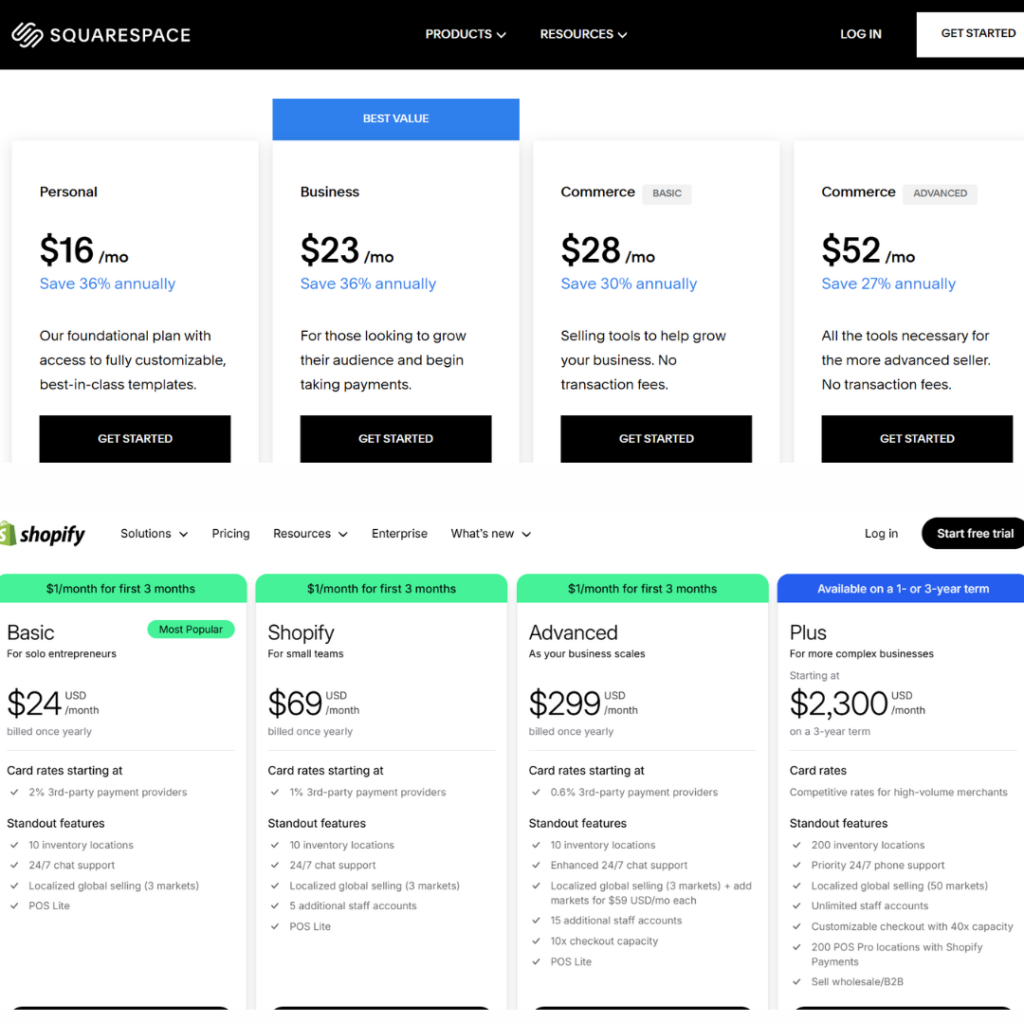
iturn0image0turn0image1turn0image3turn0image5When evaluating Shopify and Squarespace for building an online store, it’s essential to compare their pricing plans and features to determine the best fit for your business needs.
Pricing Plans
| Plan | Shopify | Squarespace |
|---|---|---|
| Basic | $29/month; includes essential e-commerce features. | $23/month; includes core e-commerce functionalities. |
| Shopify | $79/month; adds more advanced features and reporting. | $27/month; offers additional features and support. |
| Advanced | $299/month; provides advanced reporting and shipping options. | $49/month; includes advanced features and priority support. |
| Plus | $2,300/month; tailored for large enterprises with extensive needs. | Not available. |
Feature Comparison
| Feature | Shopify | Squarespace |
|---|---|---|
| E-commerce Functionality | Comprehensive tools for product management, inventory tracking, and order processing. | Basic e-commerce features; extended functionalities require plugins. |
| Website Builder | User-friendly drag-and-drop editor with a wide range of themes. | Flexible design options with a variety of customizable templates. |
| Payment Processing | Integrated payment gateway with additional fees for external gateways. | No transaction fees; supports multiple payment gateways. |
| Marketing Tools | Built-in tools like Shopify Email and integrations with various apps. | Advanced marketing features, including SEO tools and promotional tools. |
| App Marketplace | Extensive app marketplace for added functionality. | Growing app marketplace with essential integrations. |
Scalability
| Aspect | Shopify | Squarespace |
|---|---|---|
| Transaction Fees | Charges transaction fees unless using Shopify Payments. | No transaction fees on any plan. |
| Product Variants | Allows up to 100 variants per product. | Allows up to 600 variants per product. |
| Staff Accounts | Limited number of staff accounts based on the plan. | Unlimited staff accounts on all plans. |
| Sales Limits | No sales limits; however, higher sales volumes may require higher-tier plans. | No sales limits; higher-tier plans offer more advanced features. |
Conclusion
- Shopify is ideal for businesses seeking a comprehensive, user-friendly e-commerce platform with extensive features and scalability. citeturn0search5
- Squarespace is suitable for those looking for an affordable, flexible website builder with basic e-commerce capabilities. citeturn0search5
Consider your business size, technical requirements, and growth projections when choosing between Shopify and Squarespace.
Top Shopify Features for eCommerce Success
Shopify is one of the most powerful eCommerce platforms, offering a wide range of features designed to help businesses grow and succeed. Whether you’re a small startup or a large enterprise, Shopify provides essential tools to streamline operations, boost sales, and enhance customer experience. Here are the top Shopify features that contribute to eCommerce success.
1. User-Friendly Store Builder
One of Shopify’s standout features is its easy-to-use store builder. You don’t need any coding knowledge to create a professional online store. The drag-and-drop interface allows you to customize your store layout, add products, and personalize your branding effortlessly.
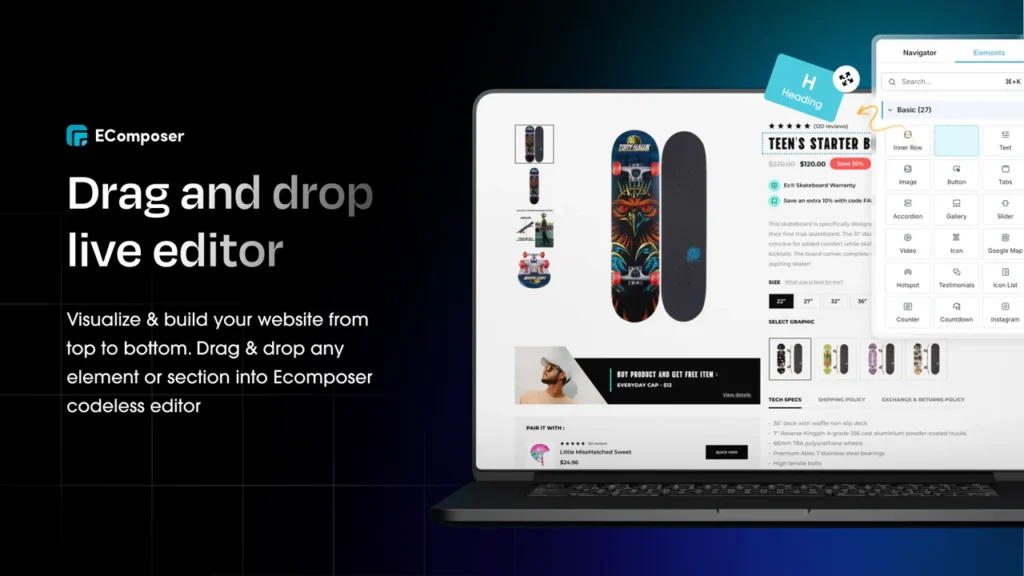
2. Responsive and Customizable Themes
Shopify offers a vast collection of free and paid themes, ensuring your store looks great on all devices. These themes are optimized for mobile shopping, which is crucial as more consumers buy online using smartphones.
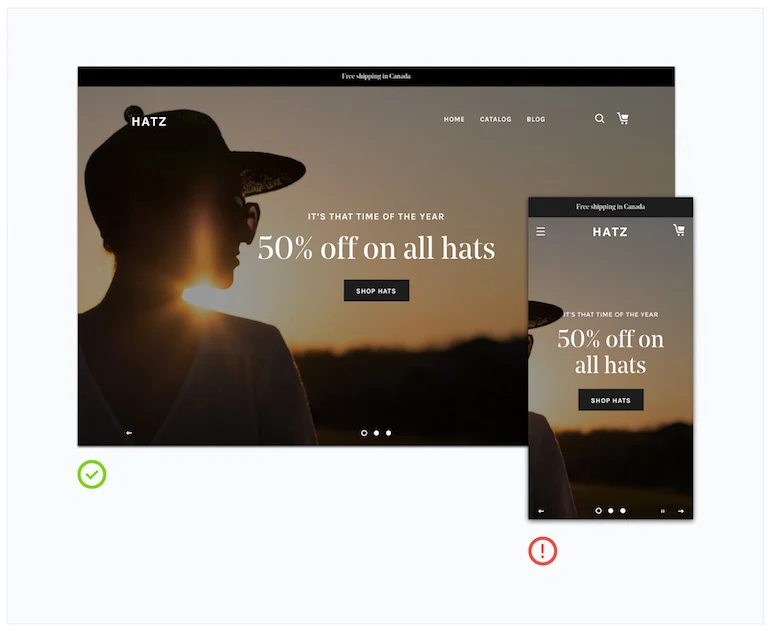
3. Secure and Reliable Hosting
With Shopify, you don’t have to worry about website security or downtime. It provides secure, cloud-based hosting with SSL certification, ensuring customer data is safe and transactions are encrypted. Additionally, Shopify boasts 99.9% uptime, so your store remains accessible at all times.
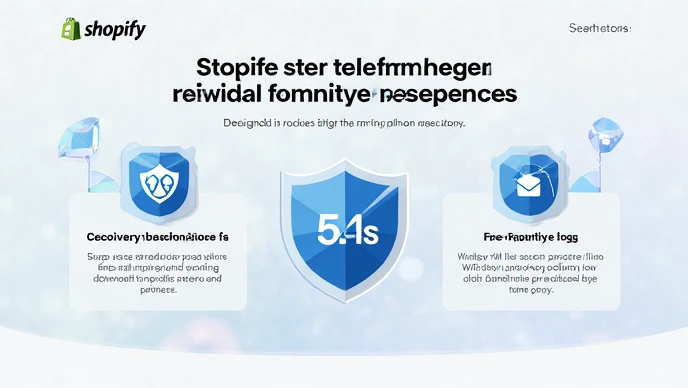
4. Shopify Payment and Multiple Payment Options
Shopify Payments allows store owners to accept payments directly without third-party integrations. Additionally, Shopify supports multiple payment gateways like PayPal, Stripe, Apple Pay, Google Pay, and cryptocurrency payments, giving customers various checkout options.
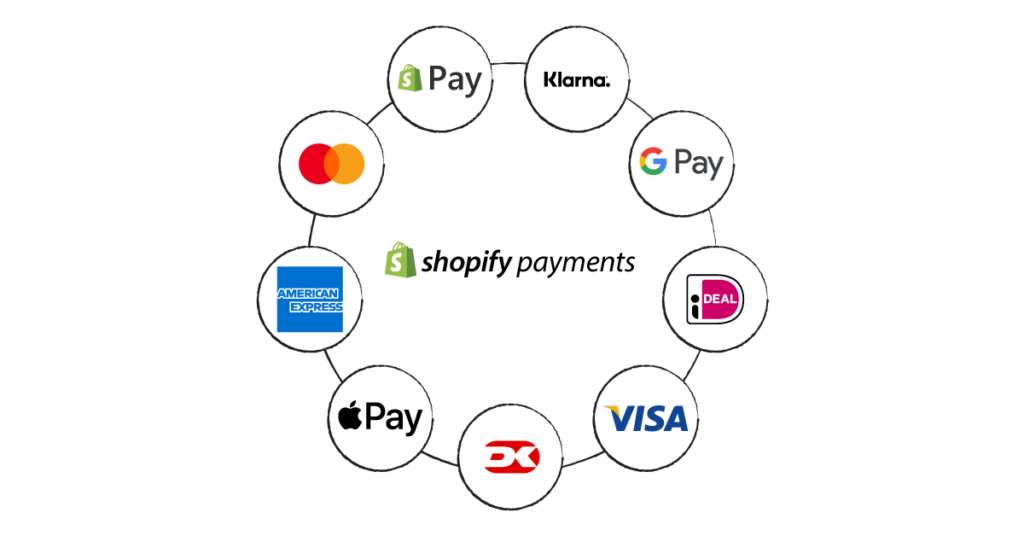
5. Powerful Inventory Management
Shopify makes it easy to manage inventory, track stock levels, and receive notifications when products are running low. You can also organize products by categories, tags, and collections, making it easier for customers to browse.
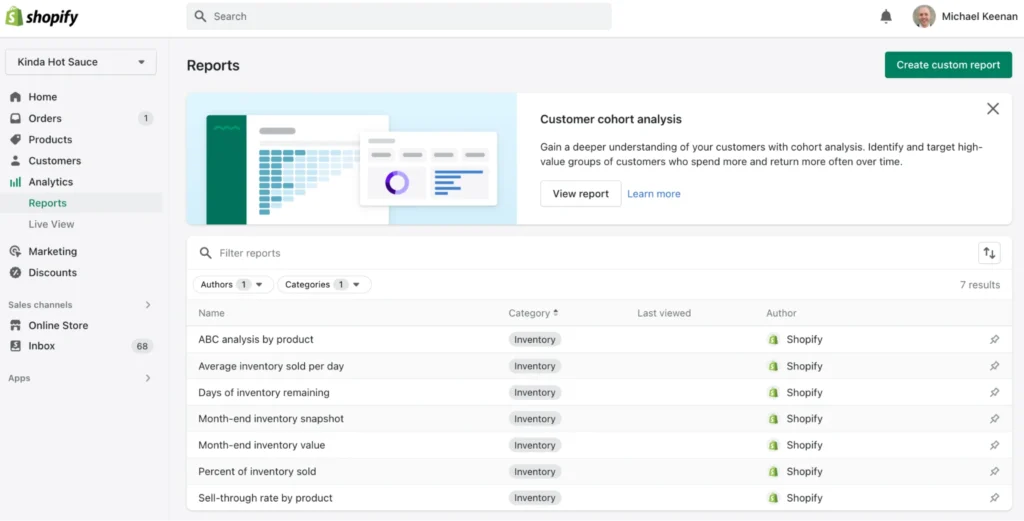
6. Built-in SEO and Marketing Tools
To help drive traffic to your store, Shopify includes built-in SEO features like customizable URLs, meta tags, and sitemaps. Additionally, Shopify supports marketing tools such as:
- Discount codes and promotions
- Email marketing integrations (via apps like Klaviyo and Mailchimp)
- Social media selling (Facebook, Instagram, and TikTok integration)
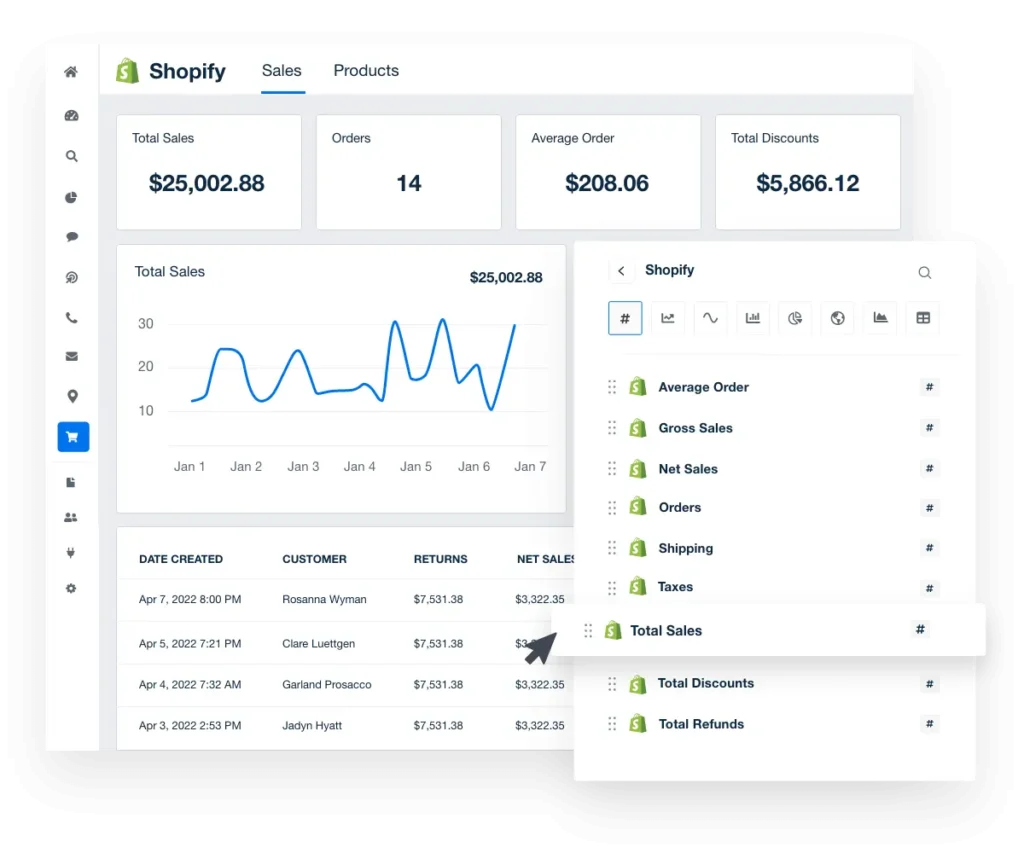
7. Multi-Channel Selling
With Shopify, you can sell on multiple platforms, including:
- Amazon
- eBay
- Facebook and Instagram
- Google Shopping
This feature ensures your products reach a wider audience, increasing sales opportunities.

8. Shopify App Store for Extended Functionality
The Shopify App Store features thousands of apps to enhance your store’s functionality, including:
- Chatbots for customer support
- Subscription services
- Loyalty and rewards programs
- Dropshipping integrations

Conclusion
These Shopify features make it one of the best eCommerce platforms for businesses of all sizes. Whether you’re launching a new store or scaling an existing business, Shopify provides the essential tools needed for success. By leveraging these features, you can create a professional online store, attract customers, and drive more sales.
- Shopify’s ease of use and user-friendly dashboard.
- Mobile responsiveness and optimization.
- Security and reliability for online transactions.
Categories for Comparison: How to Choose the Best Shopify Plan
When evaluating Shopify and its offerings, it’s essential to break down your comparison into key categories that directly impact your business needs. These categories will help you choose the most suitable Shopify plan based on factors such as pricing, features, scalability, and support. Below are the critical categories for comparison when selecting a Shopify plan.
1. Pricing and Value
- Basic Shopify: The most affordable plan, designed for smaller businesses or startups.
- Shopify: A mid-tier plan offering more advanced features suitable for growing businesses.
- Advanced Shopify: For businesses looking for greater control and advanced tools.
- Shopify Plus: Enterprise-level solutions with custom pricing, designed for large-scale businesses.
Pricing is often the first consideration when choosing a Shopify plan. Each Shopify plan has a different monthly cost and comes with varying features. Understanding what each plan offers in relation to the price is crucial to ensure you’re getting the best value for your investment.
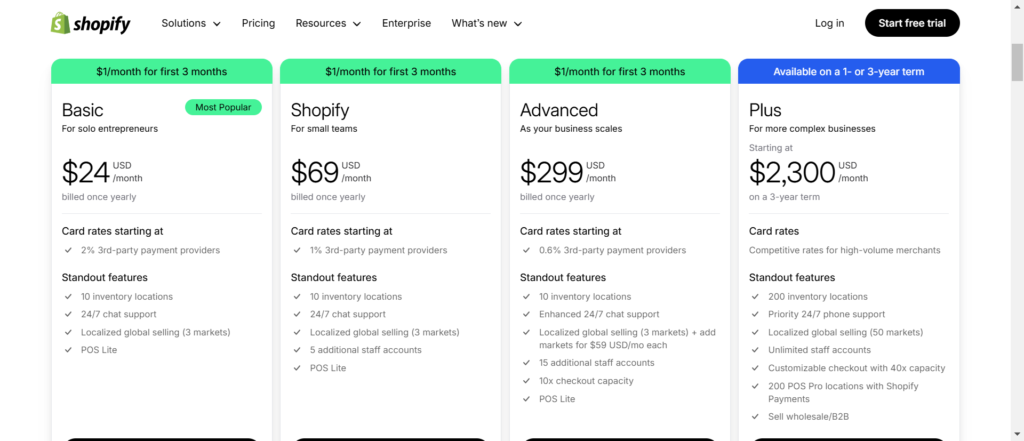
| Shopify Plan | Price (Monthly) | Key Features | Transaction Fees | Staff Accounts | Support |
|---|---|---|---|---|---|
| Basic Shopify | $39 | – 2 Staff accounts- 24/7 Support- Online store with unlimited products- Basic reports | 2% (external gateways) | 2 | 24/7 support (email, chat, phone) |
| Shopify | $105 | – 5 Staff accounts- Professional reports- Gift cards- Abandoned cart recovery | 1% (external gateways) | 5 | 24/7 support (email, chat, phone) |
| Advanced Shopify | $399 | – 15 Staff accounts- Advanced reporting- Custom shipping rates- More advanced analytics | 0.5% (external gateways) | 15 | 24/7 support (priority) |
| Shopify Plus | Custom Pricing | – Unlimited Staff accounts- Dedicated account manager- Advanced API & integrations- Enterprise-level support | Typically none (Shopify Payments) | Unlimited | Dedicated account manager, priority support |
2. Ease of Use
The ease of use of Shopify is one of its major selling points. Regardless of your technical skill level, you can easily set up and manage an online store. However, the complexity can vary across different plans based on the tools and features provided.
- Basic Shopify: Simple and intuitive interface, perfect for beginners.
- Shopify: Provides a more advanced set of features, suitable for businesses scaling up.
- Advanced Shopify: Adds complex tools for businesses with specialized needs.
- Shopify Plus: Offers enterprise-level features with more customization, though it may require additional training.
+————————-+———————-+———————-+————————+
| | Basic Shopify Plan | Shopify Plan | Advanced Shopify Plan |
+————————-+———————-+———————-+————————+
| Monthly Price | $29 USD | $79 USD | $299 USD |
+————————-+———————-+———————-+————————+
| Products | Unlimited | Unlimited | Unlimited |
+————————-+———————-+———————-+————————+
| Staff Accounts | 2 | 5 | 15 |
+————————-+———————-+———————-+————————+
| Sales Channels | Online store, social| All from Basic + more| All from Shopify + |
| | media, marketplaces| channels | advanced options |
+————————-+———————-+———————-+————————+
| Reports | Basic analytics and | Professional reports | Advanced reports and |
| | dashboards | | custom report builder|
+————————-+———————-+———————-+————————+
| Gift Cards | ❌ | ✅ | ✅ |
+————————-+———————-+———————-+————————+
| Professional Reports| ❌ | ✅ | ✅ |
+————————-+———————-+———————-+————————+
| Advanced Report | ❌ | ❌ | ✅ | | Builder | | | |
+————————-+———————-+———————-+————————+
| Third-Party Calculated| ❌ | ❌ | ✅ | | Shipping Rates | | | |
+————————-+———————-+———————-+————————+
| Transaction Fees | 2.0% | 1.0% | 0.5% |
+————————-+———————-+———————-+————————+
| International Pricing| ❌ | ✅ | ✅ |
+————————-+———————-+———————-+————————+
3. Customization and Design
Shopify provides a wide range of customizable themes and design options, but the degree of customization varies between plans. As you move to higher-tier plans, more advanced customization features become available.
- Basic Shopify: Offers a limited selection of themes with basic customization options.
- Shopify: Access to more advanced design options and customizable themes.
- Advanced Shopify: Provides greater control over design elements and functionality for a more tailored customer experience.
- Shopify Plus: Full design flexibility, with the ability to modify checkout processes and integrate advanced tools.
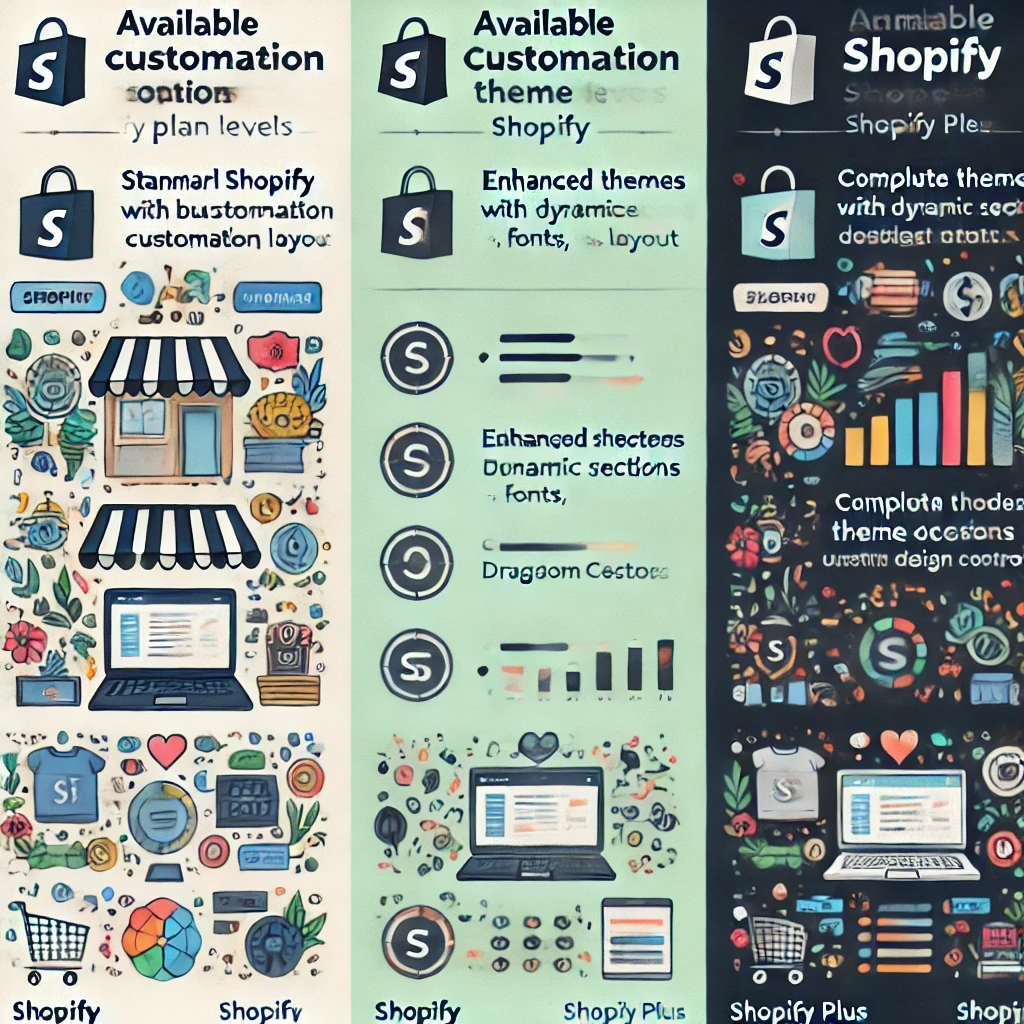
4. Features and Tools
The availability of essential eCommerce tools such as product management, SEO, reporting, and marketing integrations is crucial for the success of your store. Shopify offers a range of features that grow in sophistication as you upgrade your plan.
- Basic Shopify: Includes essential features like product management, manual order creation, and basic reporting.
- Shopify: Adds more advanced tools like professional reports, abandoned cart recovery, and gift cards.
- Advanced Shopify: Offers advanced reporting, custom shipping rates, and third-party app integrations.
- Shopify Plus: Tailored enterprise solutions with custom features, VIP support, and exclusive apps.
Here’s a sample table summarizing key features offered at each plan level:
| Feature | Basic Plan | Standard Plan | Premium Plan |
|---|---|---|---|
| Price | $X/month | $Y/month | $Z/month |
| Storage | 10 GB | 50 GB | 200 GB |
| Support | Email support | Priority support | 24/7 support |
| Analytics Tools | Basic Analytics | Advanced Analytics | Premium Analytics |
| Collaboration Features | 1 User | 5 Users | Unlimited Users |
| Custom Reports | No | Yes | Yes |
| Mobile App | No | Yes | Yes |
| Third-party Integrations | Limited | Full Access | Full Access + APIs |
| Advanced Security | No | Yes | Yes |
| Training & Onboarding | No | Yes | Full Access |
This layout makes it easier to compare the tools and features at a glance based on the plan level.
5. Transaction Fees
Transaction fees are an essential factor to consider as they impact the overall cost of running your store. Shopify‘s transaction fees depend on whether you use Shopify Payments or a third-party payment gateway.
- Basic Shopify: Charges a 2% transaction fee when using external gateways.
- Shopify: 1% transaction fee for external gateways.
- Advanced Shopify: 0.5% transaction fee for external gateways.
- Shopify Plus: Typically no transaction fees if using Shopify Payments, but custom pricing can affect fee structures.
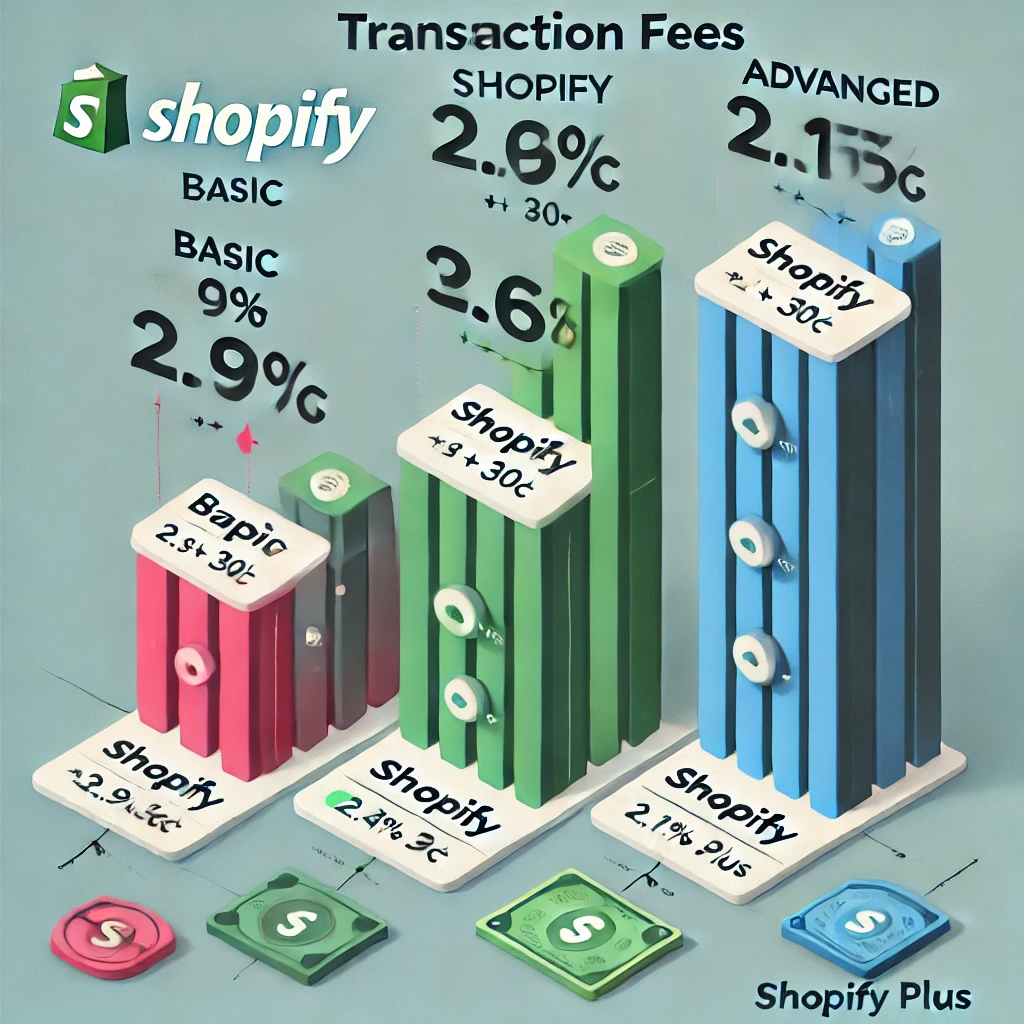
6. Support and Customer Service
Access to reliable customer support is vital when running an eCommerce store. Shopify offers varying levels of customer service depending on the plan you choose.
- Basic Shopify: 24/7 support via email, live chat, and phone, but with limited priority.
- Shopify: 24/7 support with faster response times.
- Advanced Shopify: Priority support with advanced troubleshooting and setup help.
- Shopify Plus: Dedicated support with a personal account manager, providing enterprise-level assistance.
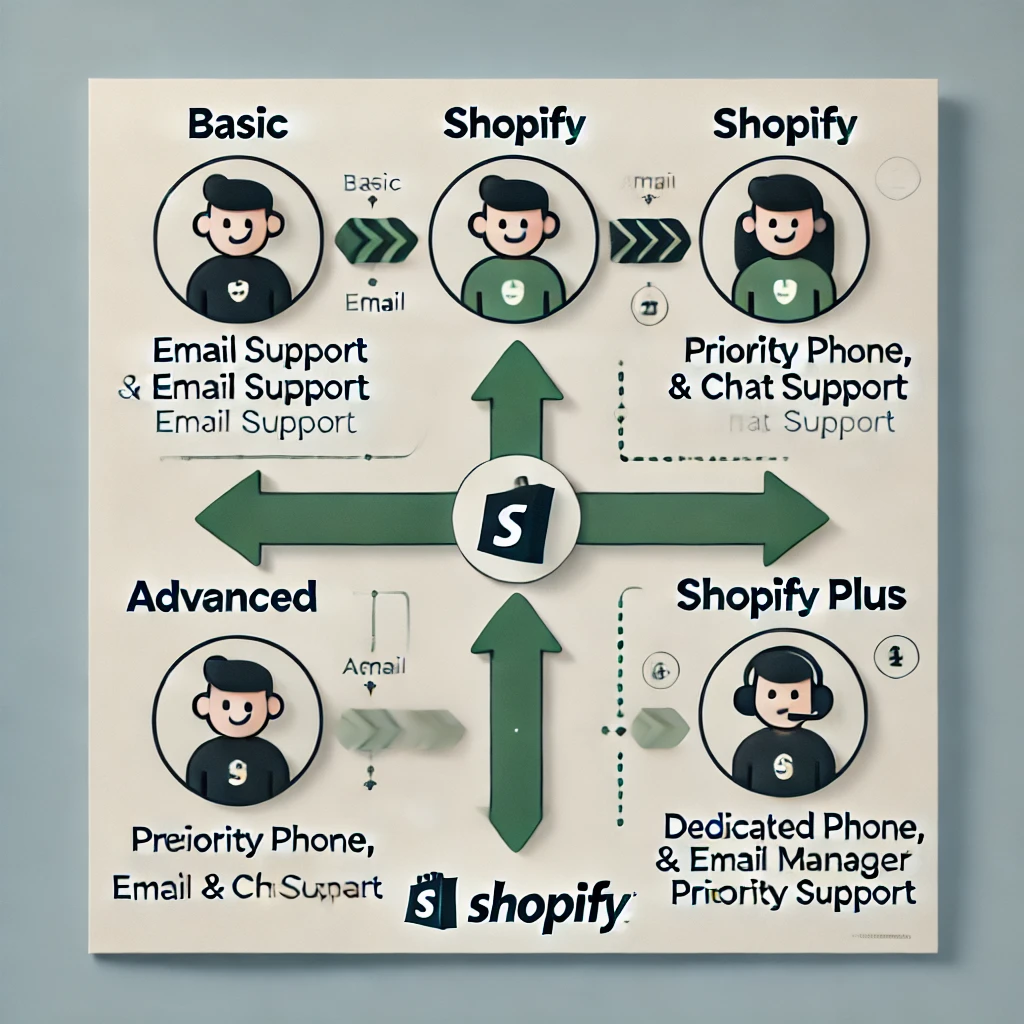
7. Scalability and Growth Potential
As your business grows, you may need a more robust platform to handle increased traffic and more complex operations. Shopify offers scalable solutions that can accommodate businesses of any size.
- Basic Shopify: Best for startups or small businesses just getting started with limited growth.
- Shopify: Suitable for growing businesses, with features designed for expansion.
- Advanced Shopify: Perfect for businesses that need advanced features, reporting, and automation as they scale.
- Shopify Plus: The best option for large enterprises that need maximum scalability, flexibility, and custom integrations.
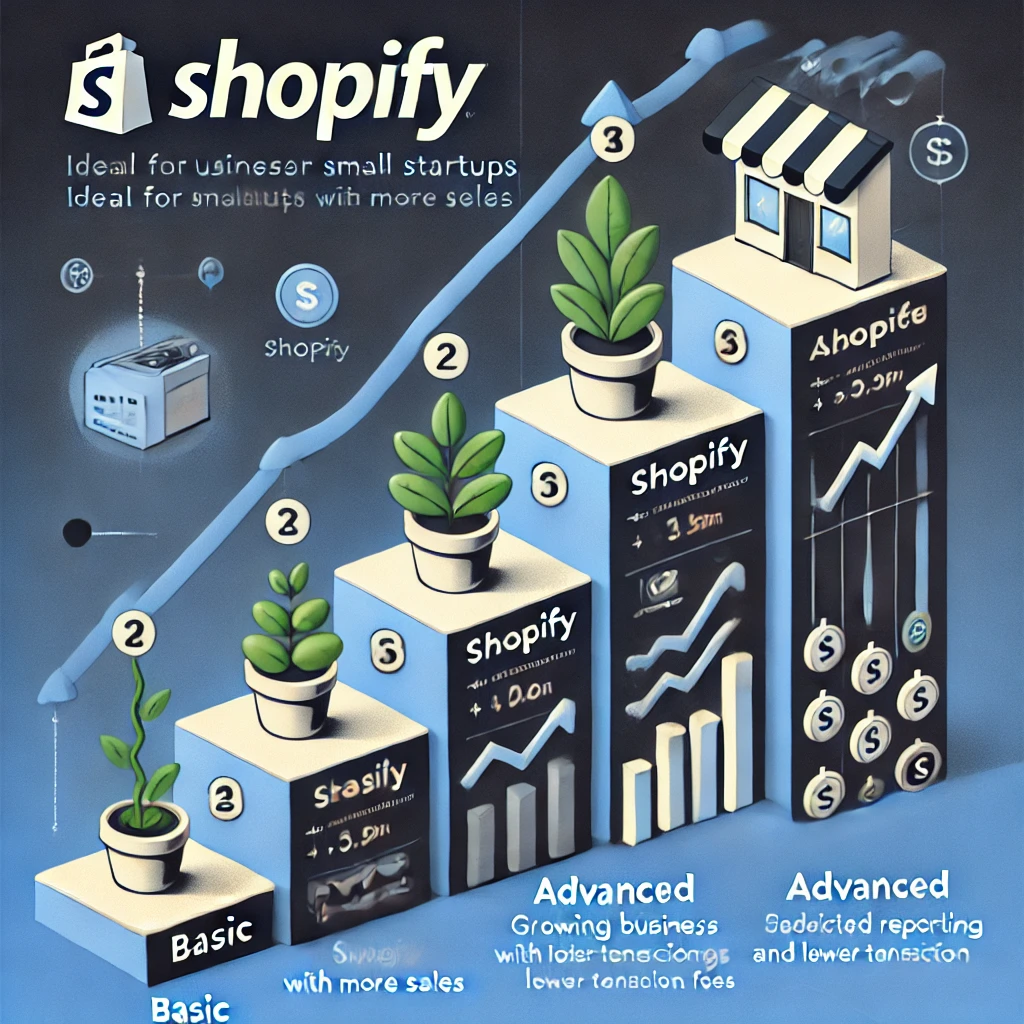
8. App Integrations
The ability to integrate with third-party apps is an essential feature for expanding your store’s functionality. While all plans offer access to Shopify‘s App Store, some apps may require higher-tier plans for full functionality.
- Basic Shopify: Access to a selection of apps, but some advanced apps may require a higher-tier plan.
- Shopify: Broader access to apps and integrations for added functionality.
- Advanced Shopify: Access to advanced tools and more apps for optimizing business processes.
- Shopify Plus: Custom integrations and priority access to premium apps tailored for large businesses.
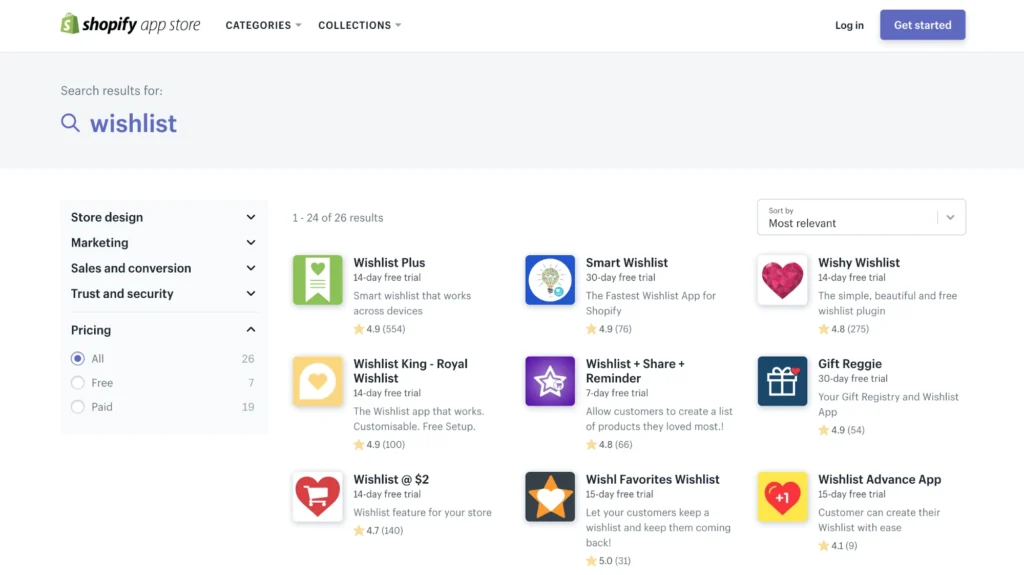
Conclusion
When comparing Shopify plans, it’s essential to consider factors such as pricing, customization, transaction fees, and support options. By evaluating these categories, you can choose the best Shopify plan that fits your business needs and ensures long-term success. Whether you’re just starting with Basic Shopify or scaling up with Shopify Plus, understanding these comparisons will help you make the right decision for your eCommerce business.
Pros and Cons of Shopify
When considering Shopify for your eCommerce business, it’s important to weigh its advantages and limitations. Below is a breakdown of the key pros and cons to help you make an informed decision.
Pros of Shopify
✅ Easy to Use – Shopify offers a user-friendly interface, making it simple for beginners to set up an online store without coding knowledge.
✅ Scalable for Growth – Whether you’re starting small or running a large business, Shopify can scale with your needs, offering advanced features as you grow.
✅ Multiple Payment Options – Shopify supports over 100 payment gateways, including Shopify Payments, PayPal, and Stripe, providing flexibility for customers.
✅ Built-in Security & Reliability – Shopify handles hosting, security, and software updates, ensuring your store is safe and operates smoothly 24/7.
✅ Extensive App Store – The Shopify App Store provides thousands of apps to extend your store’s functionality, from marketing tools to inventory management.
✅ SEO & Marketing Tools – Shopify includes SEO-friendly features, blogging tools, and integrations with Google and social media to help drive traffic.
✅ Mobile-Friendly – All Shopify themes are responsive, ensuring a seamless shopping experience on mobile devices.

Cons of Shopify
❌ Transaction Fees – Shopify charges transaction fees if you don’t use Shopify Payments, which can add up over time.
❌ Limited Customization – While Shopify is flexible, full customization often requires coding knowledge (Liquid, Shopify’s templating language).
❌ App Dependency – Many advanced features require third-party apps, which can increase monthly costs.
❌ Content Management Limitations – Shopify’s blogging capabilities are not as robust as dedicated platforms like WordPress.
❌ Advanced Features Cost More – Features like advanced reports, lower transaction fees, and automation are only available in higher-tier plans.
📌 Image Suggestion: A simple comparison chart highlighting the key pros and cons of Shopify.
By understanding these pros and cons, you can determine whether Shopify is the right eCommerce solution for your business needs.
Who Should Use Shopify?
Shopify is a powerful eCommerce platform designed for a wide range of users, from beginners to enterprise-level businesses. Whether you’re launching your first online store or scaling an existing business, Shopify provides the tools to help you succeed.
1. Small Business Owners & Startups
Shopify is ideal for entrepreneurs who want to start selling online without dealing with complex website development. Its user-friendly interface, affordable plans, and built-in marketing tools make it easy to get started.

2. Growing eCommerce Brands
For businesses looking to scale, Shopify offers advanced features like professional reporting, abandoned cart recovery, and automation tools. The platform grows with your business, making it a great choice for expanding brands.

3. Brick-and-Mortar Stores Moving Online
Retailers with physical stores can benefit from Shopify’s Point of Sale (POS) system, which allows seamless integration between in-store and online sales. This is perfect for businesses transitioning to a digital storefront.

4. Dropshippers
Shopify is a popular choice for dropshipping businesses due to its integration with apps like Oberlo, Spocket, and DSers. It simplifies inventory management and allows entrepreneurs to sell without holding stock.
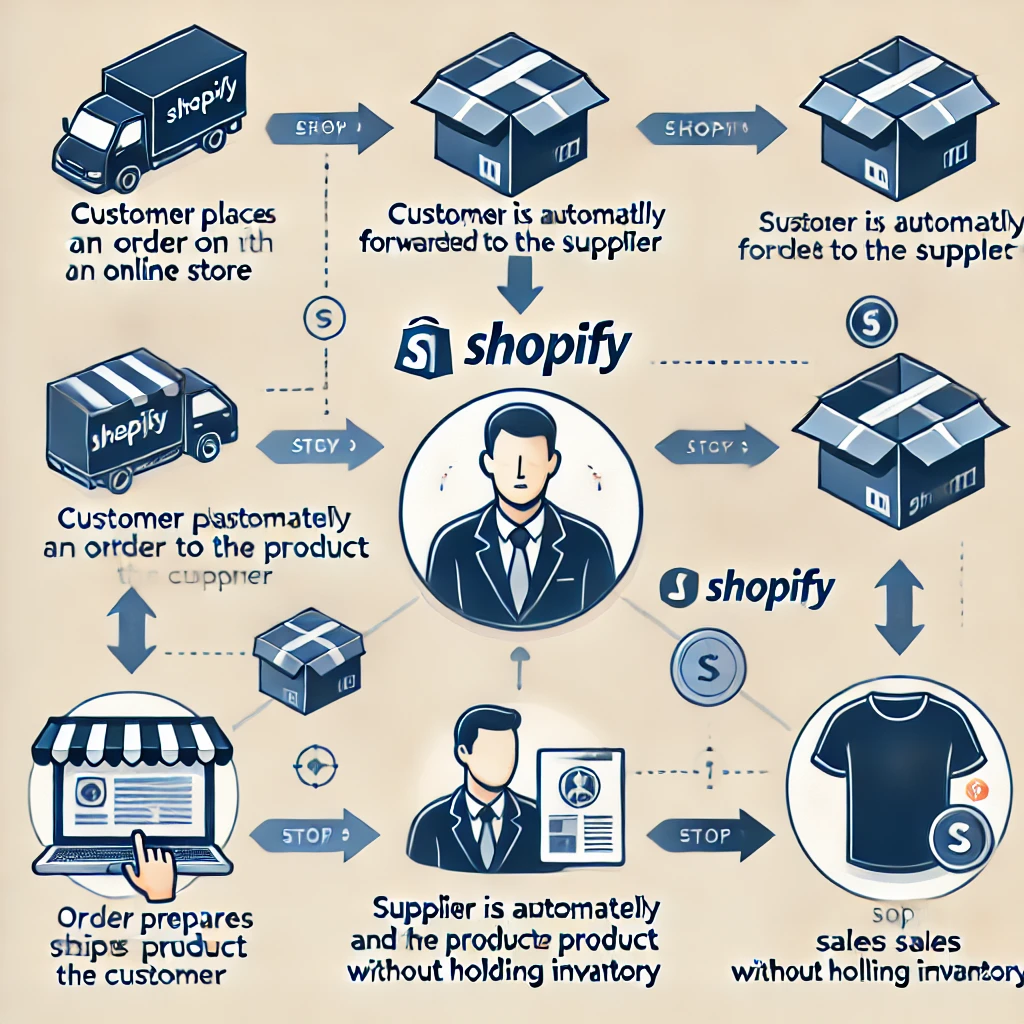
5. Enterprises & High-Volume Businesses
For large businesses, Shopify Plus offers enterprise-level solutions with advanced automation, dedicated support, and customization options. It’s designed for brands processing high order volumes.
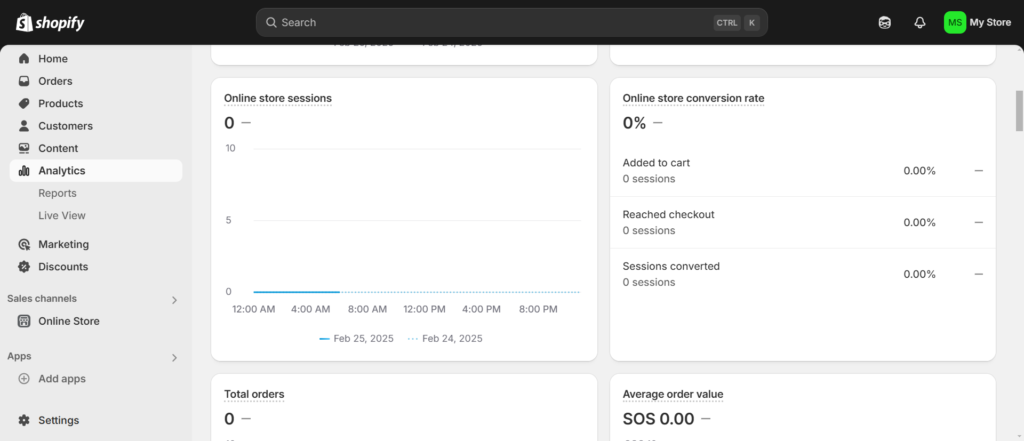
6. Creators & Digital Product Sellers
Artists, musicians, and digital entrepreneurs can use Shopify to sell digital products like ebooks, courses, and printables. With no need for inventory, it’s a flexible option for creators.
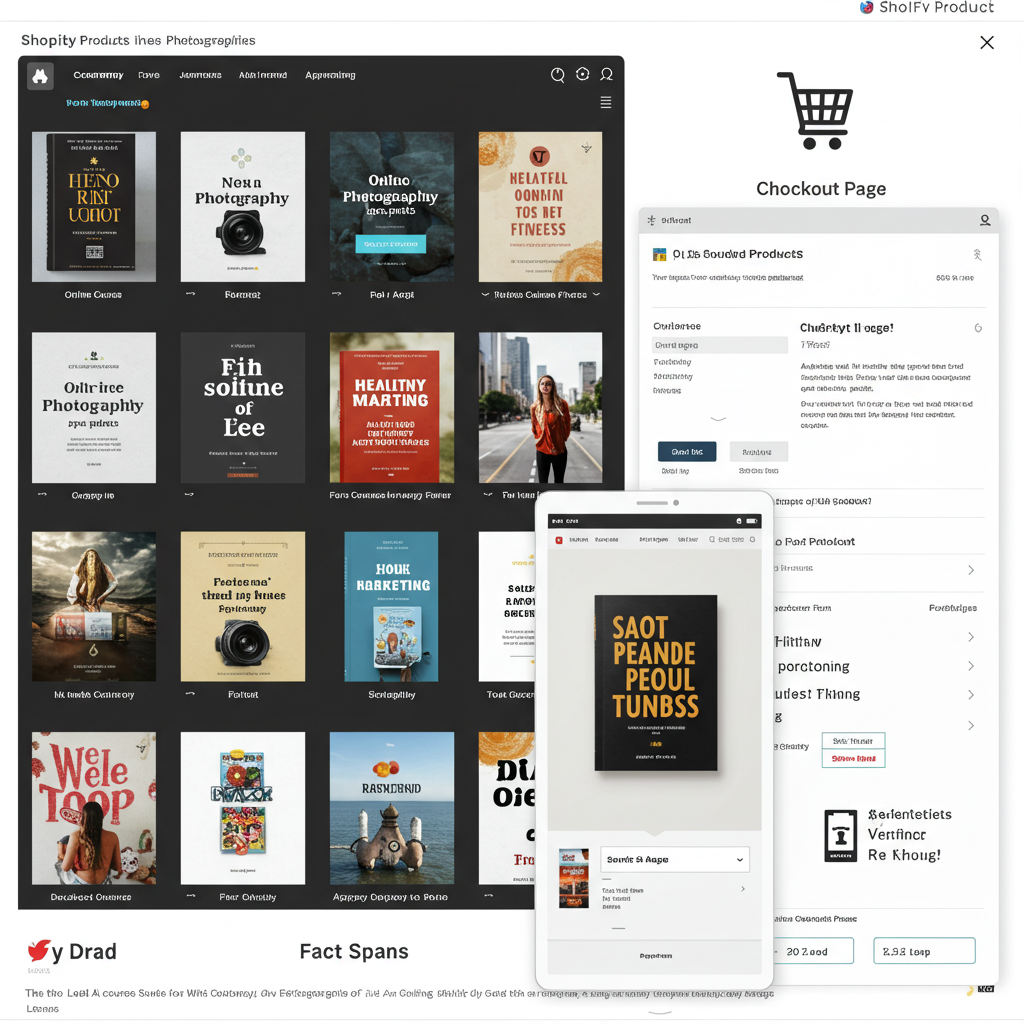
Is Shopify Right for You?
If you need a reliable, scalable, and easy-to-use platform to sell products or services online, Shopify is an excellent choice. With flexible pricing plans and powerful eCommerce features, it caters to businesses of all sizes.
By understanding your business goals and Shopify’s capabilities, you can determine if this platform is the right fit for your eCommerce journey.
- Ideal businesses and entrepreneurs for Shopify.
- Case studies and success stories of Shopify stores.
How to Get Started with Shopify
Getting started with Shopify is simple and straightforward, even for those with no technical background. Here’s a step-by-step guide to help you set up your store and begin selling online.
1. Sign Up for Shopify
The first step is to create an account with Shopify. Go to the Shopify website, click on the “Start free trial” button, and fill out the required details such as your email address, business name, and password.
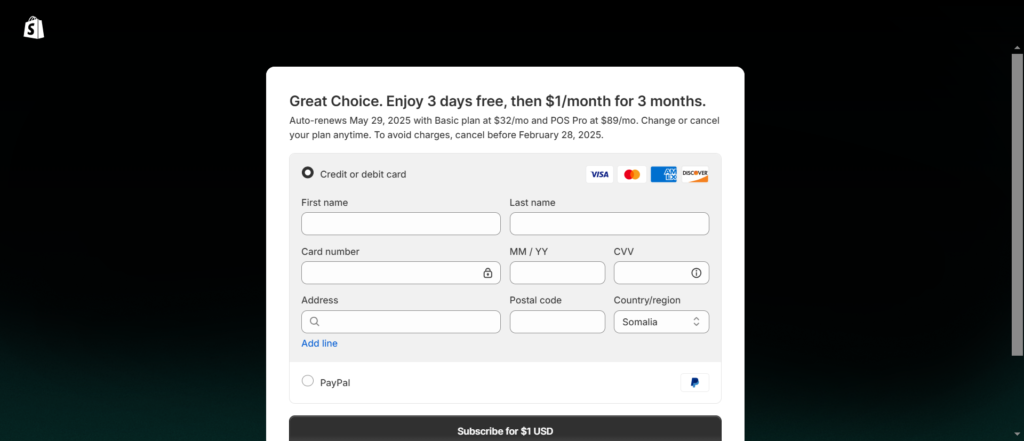
2. Choose a Shopify Plan
After signing up, you’ll need to select a pricing plan that suits your business needs. Shopify offers several plans ranging from the Basic Shopify plan to the enterprise-level Shopify Plus plan. You can start with a free trial and upgrade later as your business grows.
Here’s a comparison of Shopify’s pricing plans to help you choose the right one for your needs. I’ll outline the key differences in pricing, features, and support for each plan:
| Feature/Plan | Shopify Basic | Shopify | Shopify Advanced | Shopify Plus |
|---|---|---|---|---|
| Monthly Price | $39/month | $105/month | $399/month | Custom pricing |
| Online Store | Yes | Yes | Yes | Yes |
| Products | Unlimited | Unlimited | Unlimited | Unlimited |
| Staff Accounts | 2 | 5 | 15 | Unlimited |
| Point of Sale (POS) | Basic POS | Standard POS | Advanced POS | Advanced POS |
| Shipping Discounts | 5% | 10% | 15% | Custom discounts |
| Transaction Fees | 2.9% + 30¢ | 2.6% + 30¢ | 2.4% + 30¢ | Custom rates |
| Reports | Basic Reports | Professional Reports | Advanced Reports | Advanced & Custom Reports |
| Advanced Features | Limited | Gift cards, professional reports | Advanced reporting & analytics | Custom features |
| Shopify Payments | Yes | Yes | Yes | Yes |
| Fraud Analysis | No | Yes | Yes | Yes |
| 24/7 Support | Yes | Yes | Yes | Priority Support |
Key Points to Consider:
- Shopify Basic: Ideal for small businesses just starting, needing basic e-commerce tools without high overhead.
- Shopify: A great mid-level plan, offering more in-depth reporting and better shipping discounts.
- Shopify Advanced: Perfect for growing businesses that require advanced reporting, analytics, and lower transaction fees.
- Shopify Plus: Best suited for large enterprises, offering high customization, scalable solutions, and priority support.
If you need further details or help with choosing, feel free to ask!
3. Customize Your Store Design
Shopify offers a wide range of professionally designed themes that are mobile-friendly and easy to customize. You can browse the Shopify Theme Store and choose a template that fits your brand. Once you’ve chosen a theme, customize it by adjusting the layout, colors, fonts, and adding your logo.
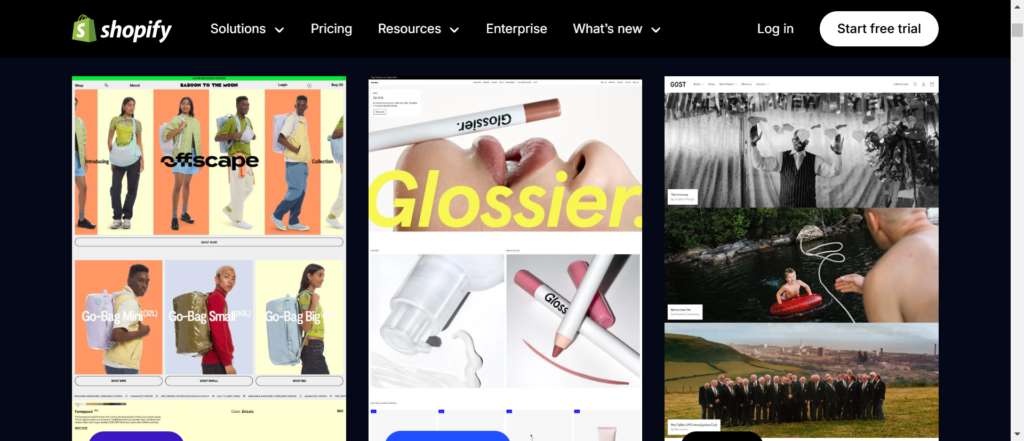
4. Add Your Products
Next, add your products to your store. Go to the Products section in the Shopify admin panel, click “Add product,” and enter details such as product name, description, price, and images. If you’re selling physical products, include inventory quantities and shipping information.

5. Set Up Payment Gateways
To accept payments, set up payment gateways in Shopify. Shopify supports various payment methods, including credit cards, PayPal, and Shopify Payments. Select the payment providers that best suit your business and configure them accordingly.
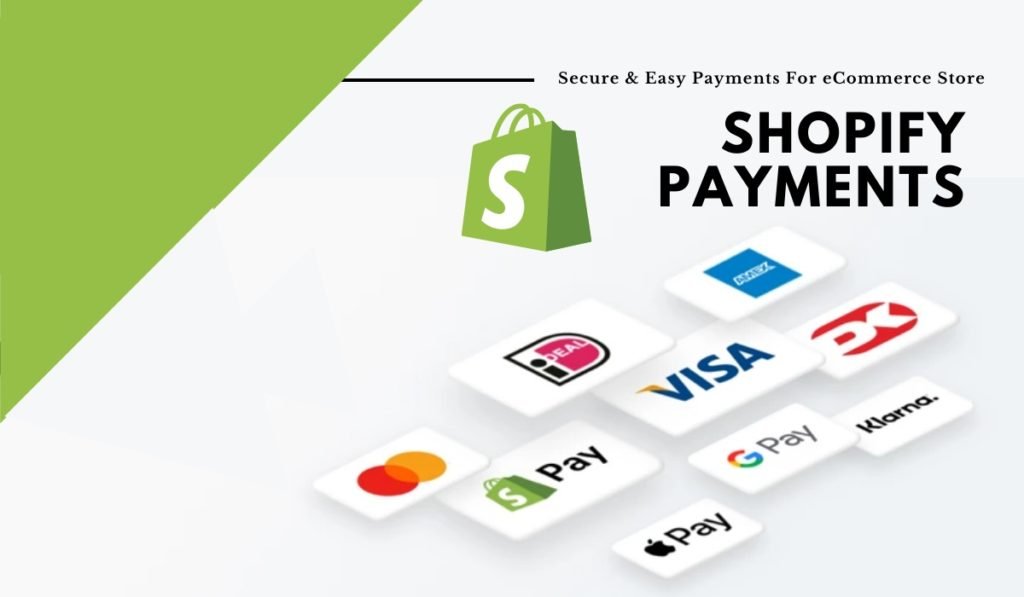
6. Set Up Shipping and Taxes
Configure your shipping settings by adding shipping rates based on your location, products, and delivery methods. You’ll also need to set up taxes according to your business’s location and the regions you’ll be shipping to.
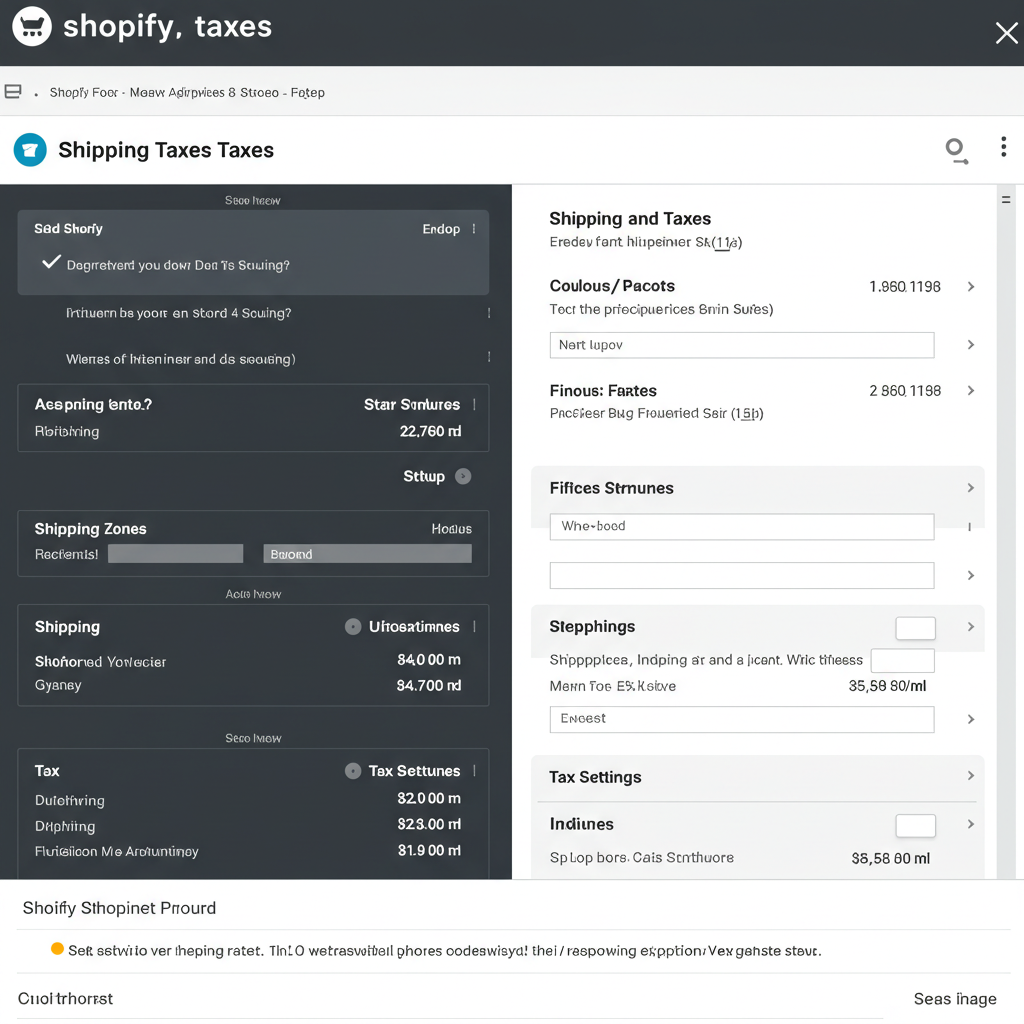
Conclusion
Getting started with Shopify is an easy and manageable process that can be completed in just a few steps. Whether you’re launching a small business or scaling an established brand, Shopify provides everything you need to start selling online and grow your business.
Would you like further guidance on any of these steps or additional details on Shopify’s features?
Shopify Tips & Best Practices
To make the most of Shopify and ensure your online store’s success, it’s essential to follow best practices that improve user experience, increase sales, and streamline operations. Here are some top tips to help you get the most out of Shopify.
1. Optimize for Mobile
Since a large portion of online shopping happens on mobile devices, it’s crucial to ensure your Shopify store is mobile-friendly. Choose a responsive theme and make sure your website design is easy to navigate on smartphones and tablets.
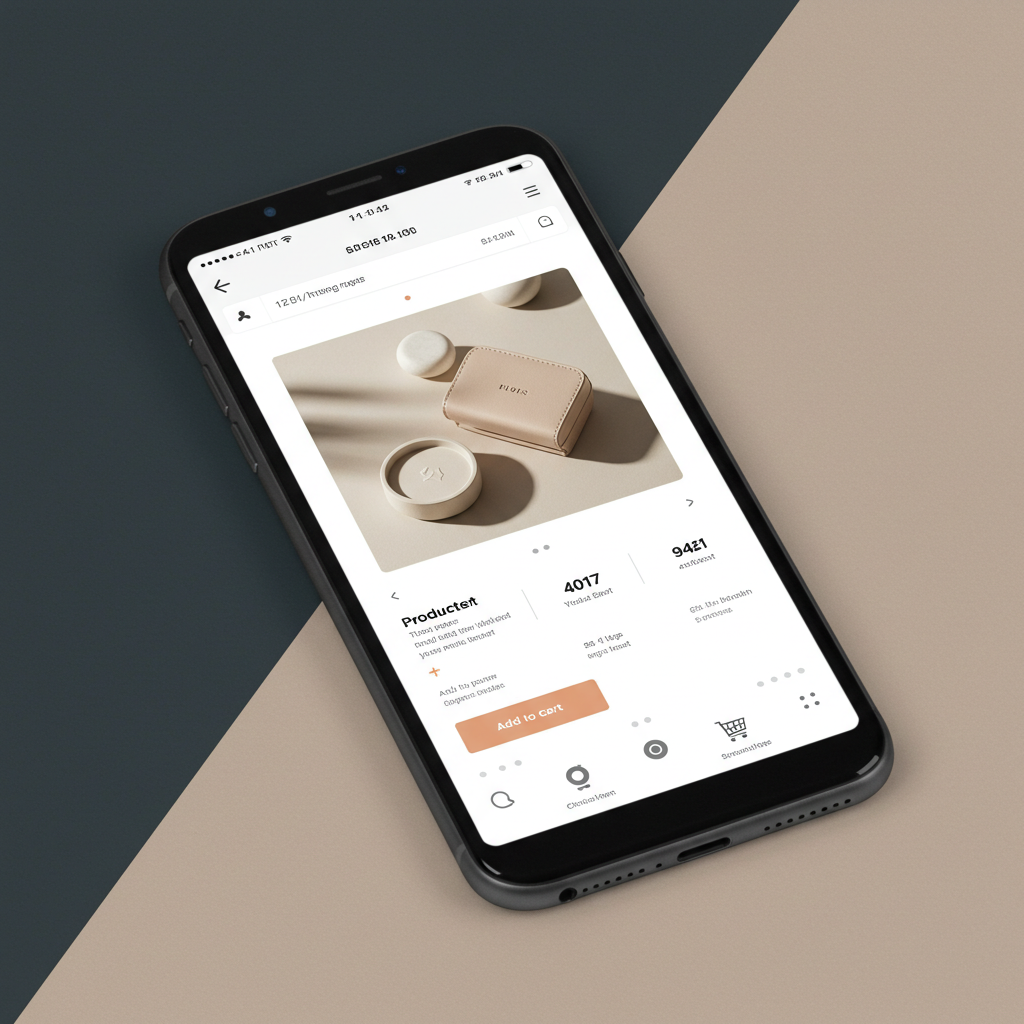
2. Leverage Shopify Apps
Shopify’s App Store offers thousands of apps to extend your store’s functionality. Whether it’s for marketing, inventory management, or customer service, using the right apps can save you time and improve store performance. Popular apps include Klaviyo for email marketing and Oberlo for dropshipping.
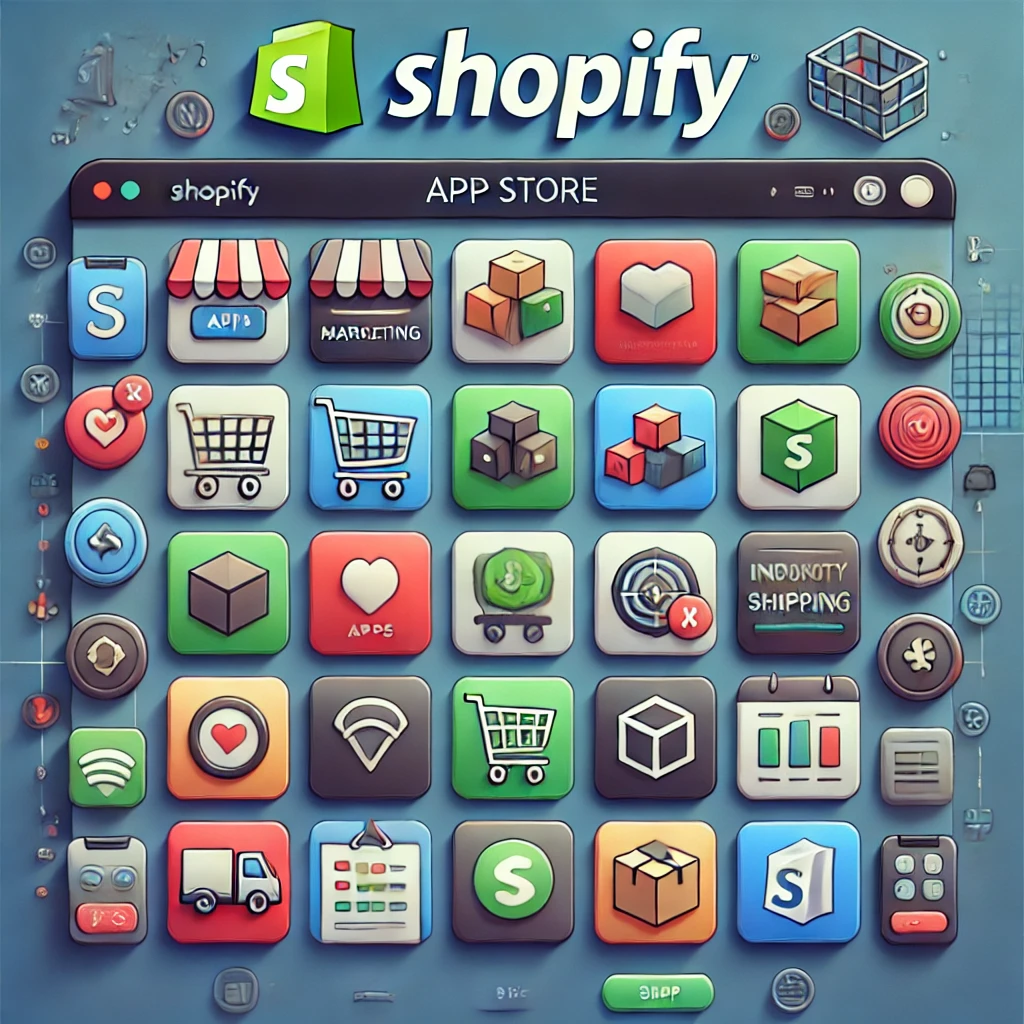
3. Use SEO Best Practices
Search engine optimization (SEO) is key to driving organic traffic to your Shopify store. Optimize your product descriptions, images, and metadata with relevant keywords, including the focus keyword “Shopify,” to improve search engine visibility.
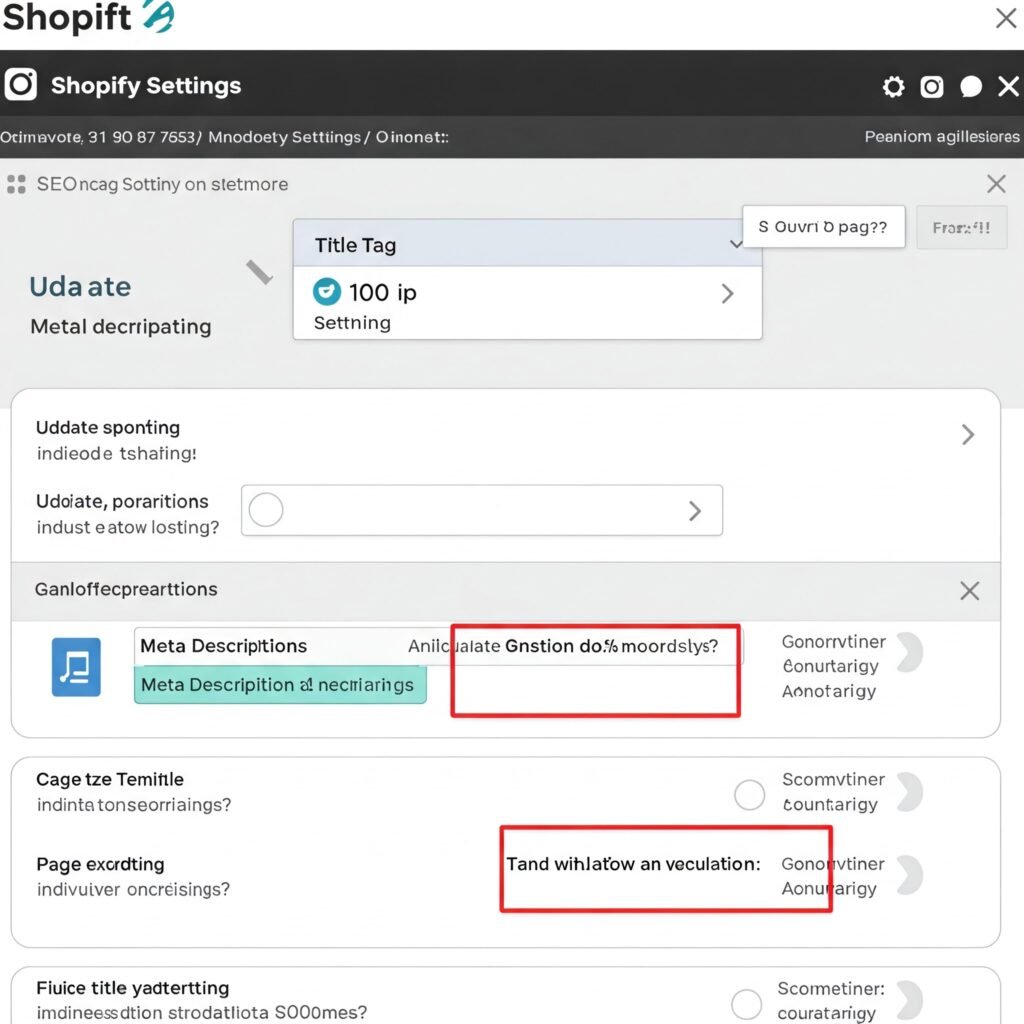
4. Offer Multiple Payment Options
To cater to a global audience, make sure your Shopify store accepts a variety of payment methods. Shopify supports a range of gateways such as credit cards, PayPal, Apple Pay, and Shopify Payments. Offering more payment options will increase your chances of conversions.
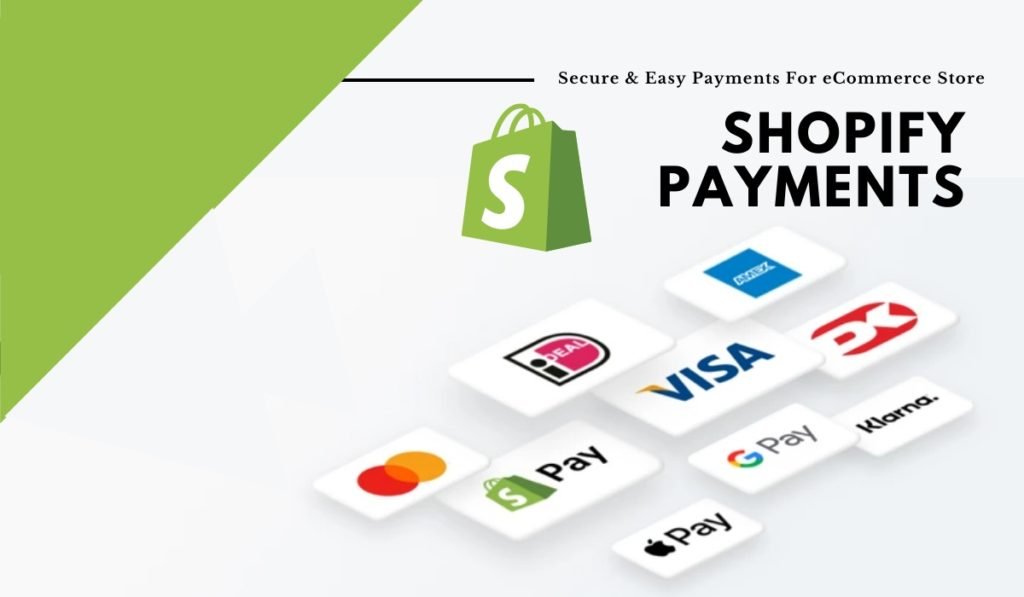
5. Optimize Your Checkout Process
A complicated checkout process can lead to abandoned carts. Simplify the checkout experience by offering guest checkout, clear instructions, and multiple payment methods. Also, ensure that the page loads quickly to avoid losing impatient customers.

6. Focus on Customer Service
Providing excellent customer service can help build customer loyalty and increase retention. Use Shopify’s built-in tools, like Shopify Chat or email notifications, to engage with customers and provide quick support when needed.
7. Regularly Update Your Store
Keep your store fresh by regularly adding new products, updating old listings, and running promotions. A well-maintained Shopify store ensures customers have a reason to return and stay engaged with your brand.
8. Monitor Analytics for Insights
Shopify offers robust analytics tools that can provide insights into your store’s performance. Use these analytics to track sales, customer behavior, and product performance. This data will help you make informed decisions to improve your store.
Conclusion
By following these Shopify tips and best practices, you can create a store that not only attracts visitors but also converts them into loyal customers. Whether you’re a new store owner or a seasoned seller, consistently applying these strategies will set you up for long-term success.
Would you like more detailed recommendations on any of these best practices or further insight into Shopify’s features?
Conclusion
Shopify is one of the most powerful and user-friendly eCommerce platforms available today. Whether you’re a small business owner, a growing brand, or a large enterprise, Shopify provides the tools and flexibility needed to build and scale a successful online store.
With its intuitive interface, customizable themes, and extensive app integrations, Shopify makes it easy to launch, manage, and optimize your business. From secure payment processing to advanced SEO features, the platform is designed to help merchants maximize sales and provide a seamless shopping experience.
If you’re looking for an all-in-one eCommerce solution, Shopify is a top choice. By following best practices, leveraging Shopify’s features, and staying updated on new tools, you can create a thriving online business.
Next Steps
Leverage Shopify’s marketing tools to grow your audience and increase sales.
Start your Shopify free trial and explore its features.
Optimize your store with high-quality images and SEO-friendly content.

